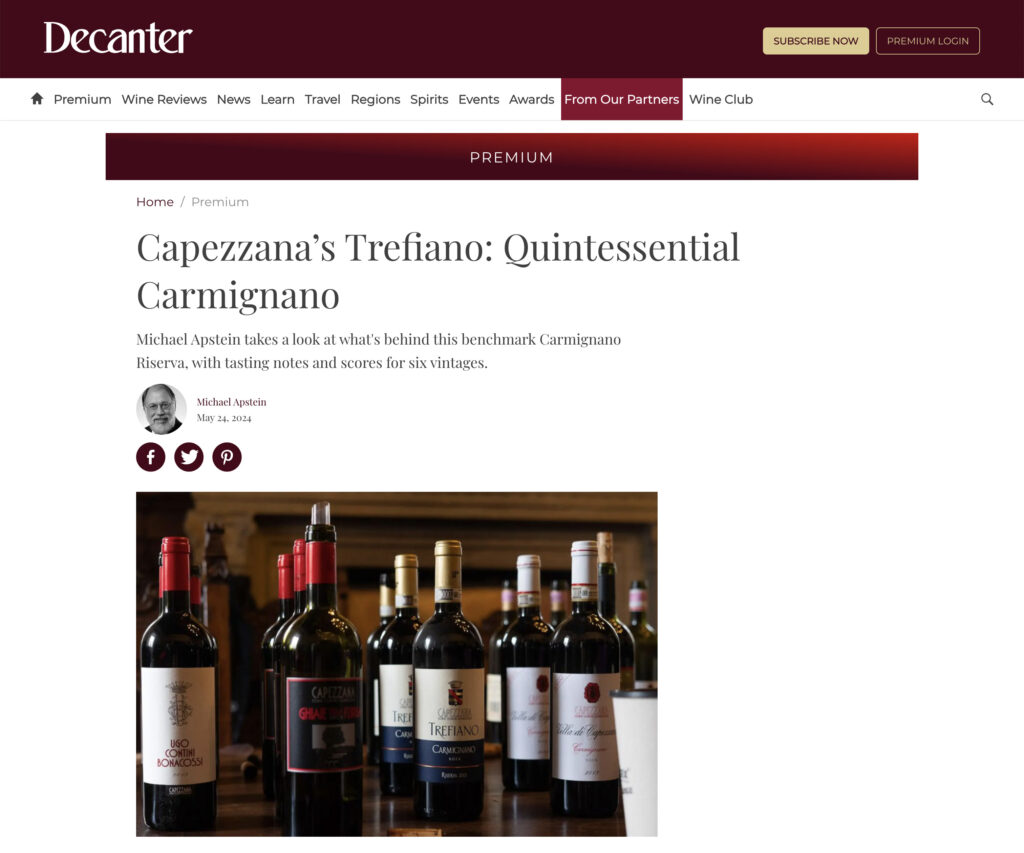
To celebrate the 40th anniversary of Trefiano – Tenuta di Capezzana’s stunning take on Carmignano Riserva – a vertical tasting of a handful of vintages ranging from 1988 to 2019 (the current release) was held in Florence this February.
In preparation for the tasting, I opened a bottle of the 2015 from my own cellar, so I have included my impression of that below, along with the wines from the tasting.… Read more

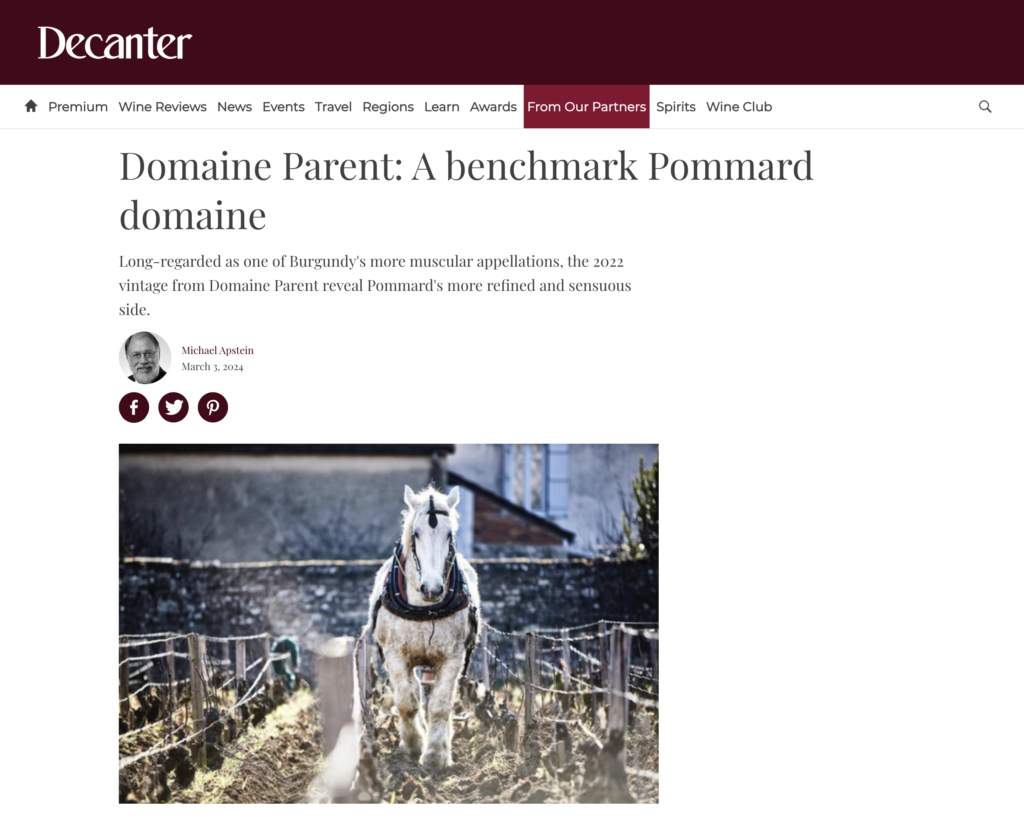
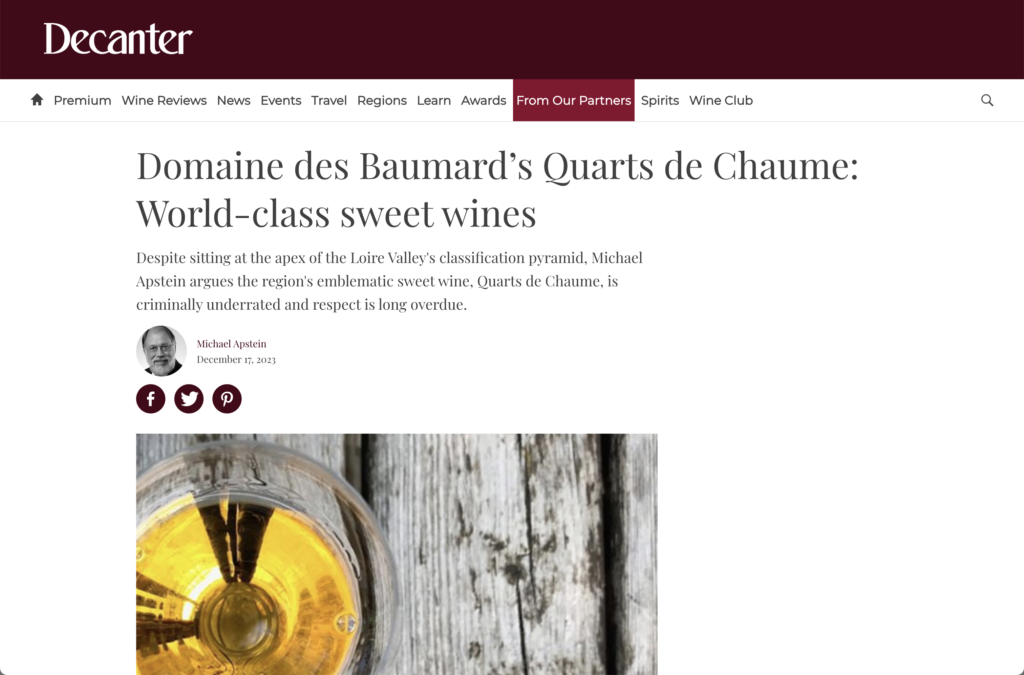
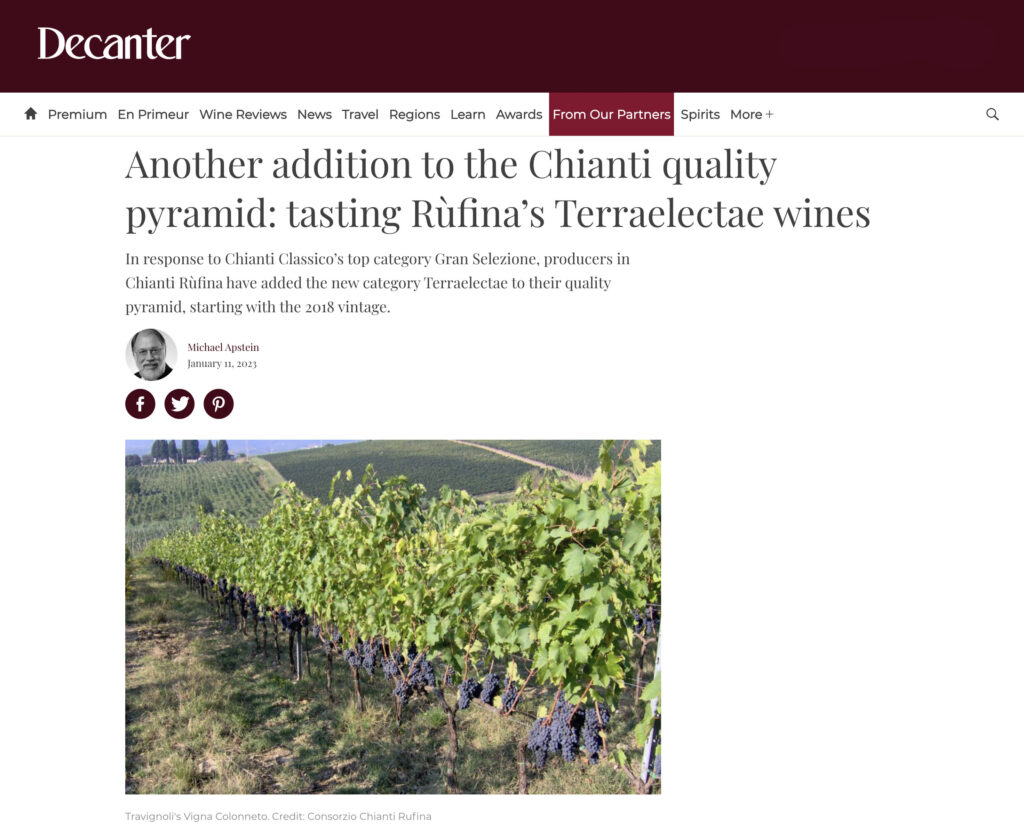
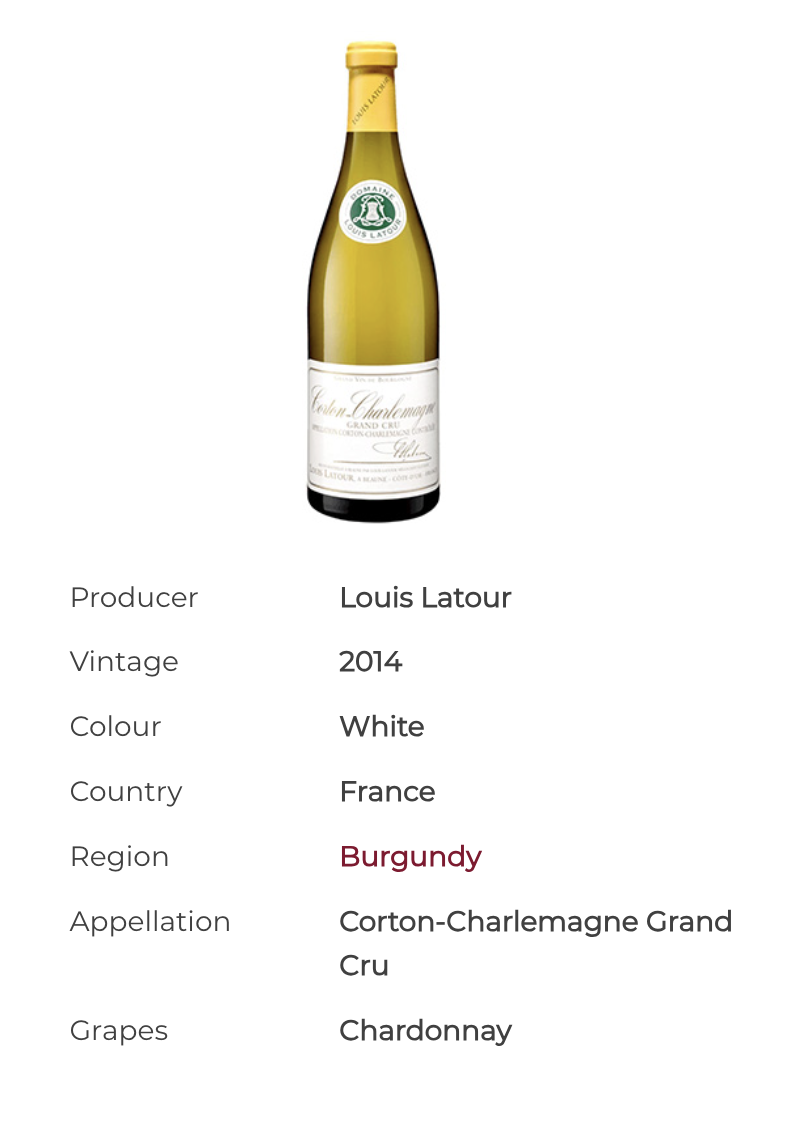 Drinking Window: 2024 – 2034
Drinking Window: 2024 – 2034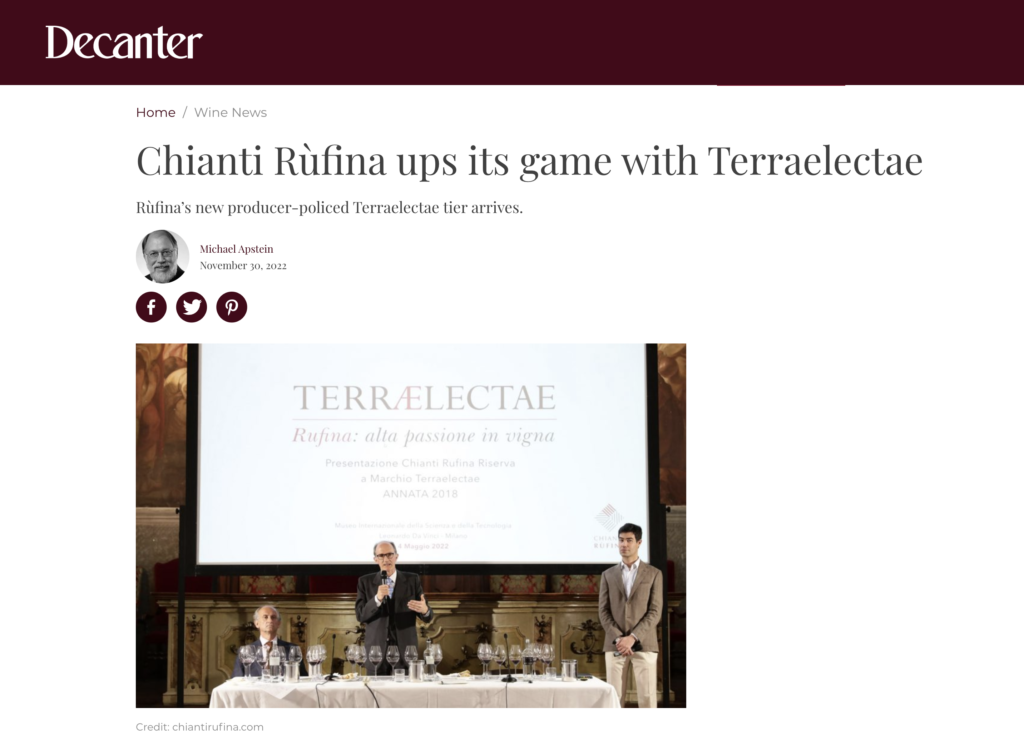
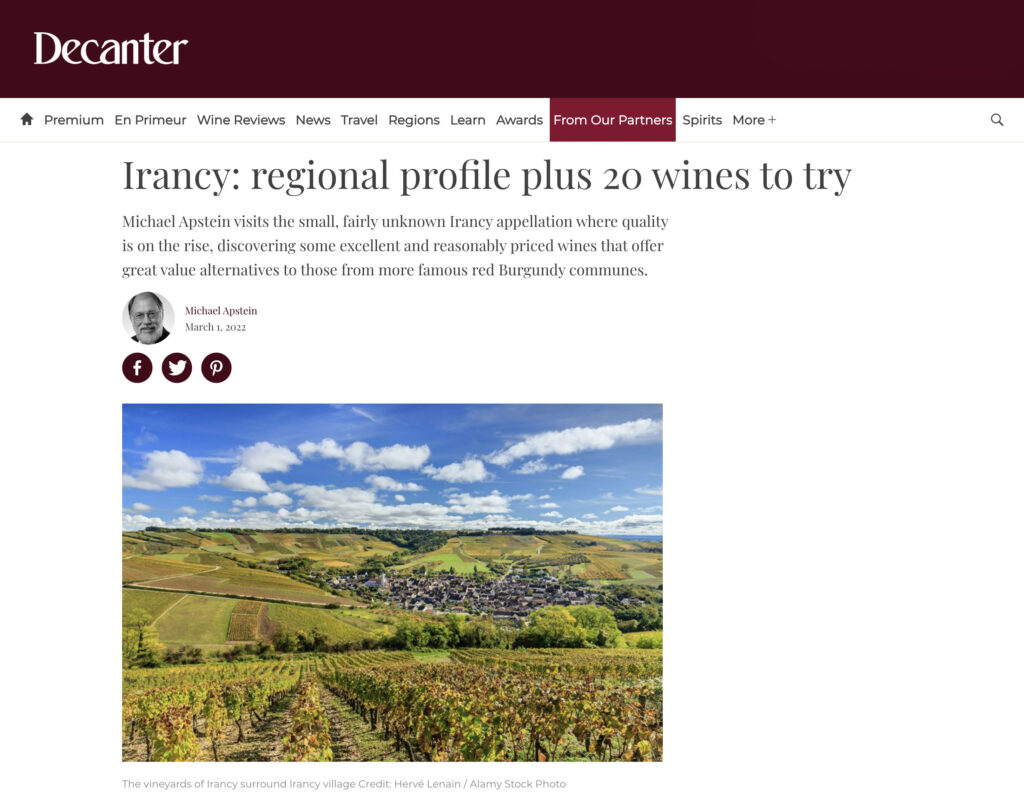
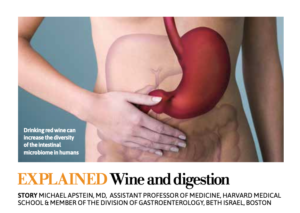
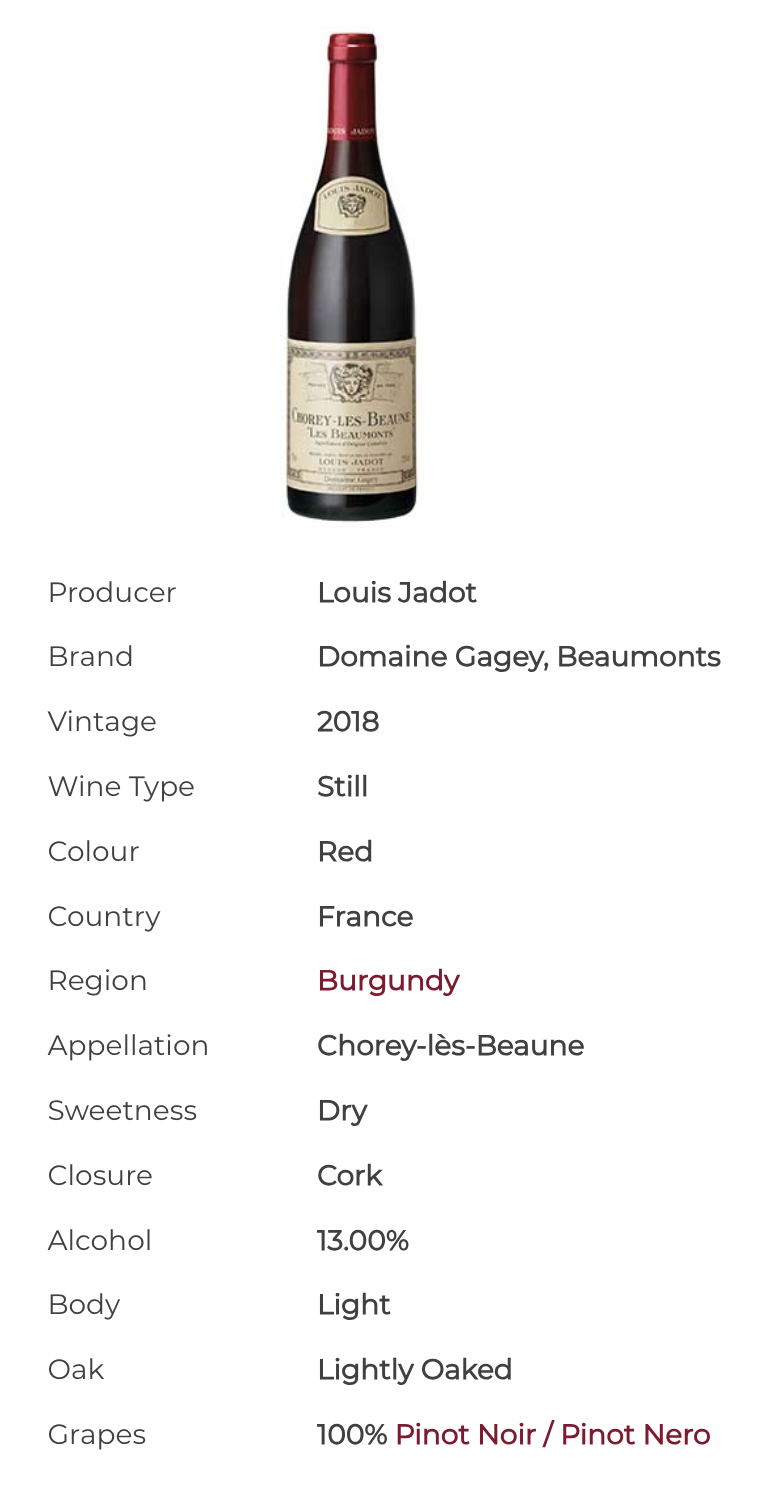 Drinking Window: 2021 – 2026
Drinking Window: 2021 – 2026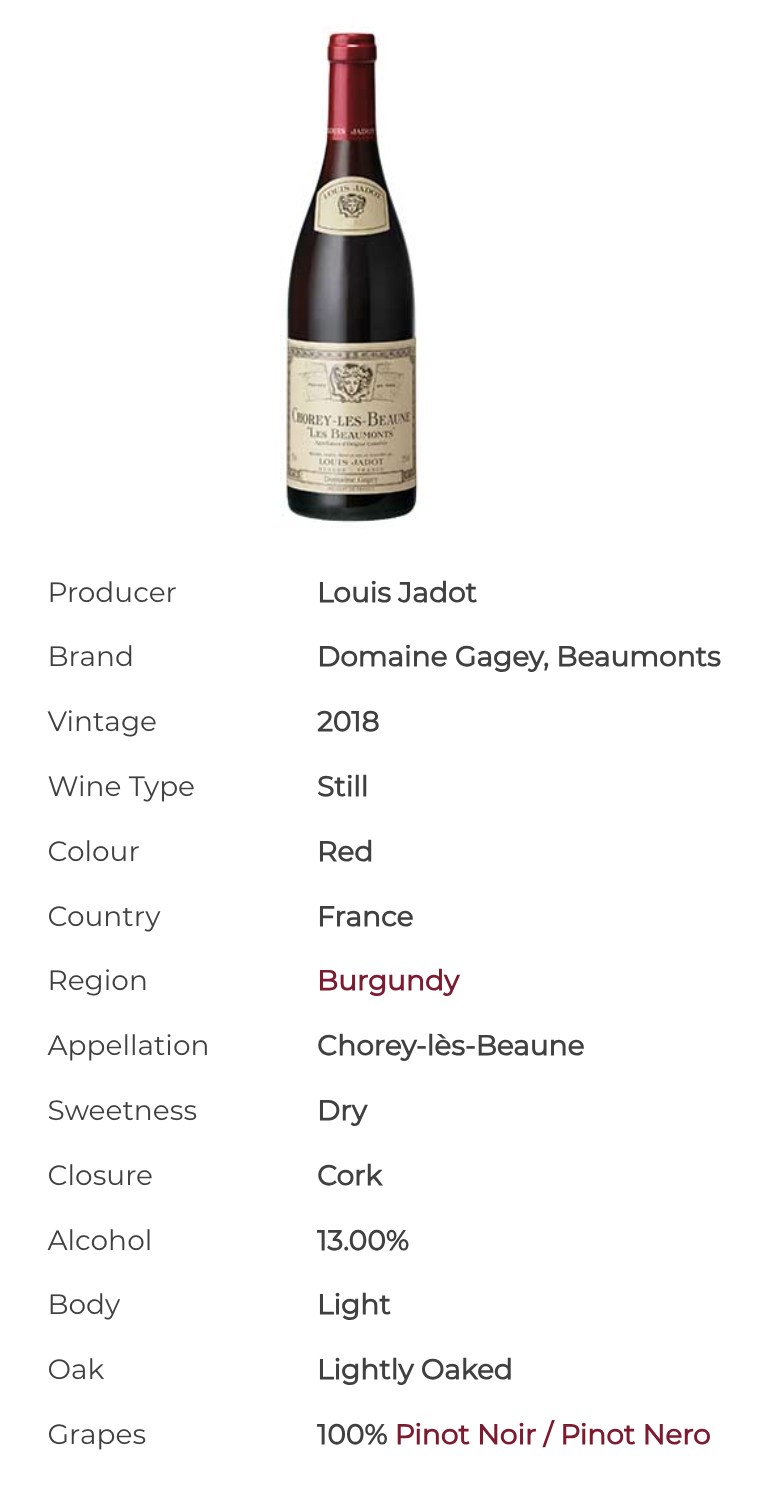 Drinking Window: 2021 – 2028
Drinking Window: 2021 – 2028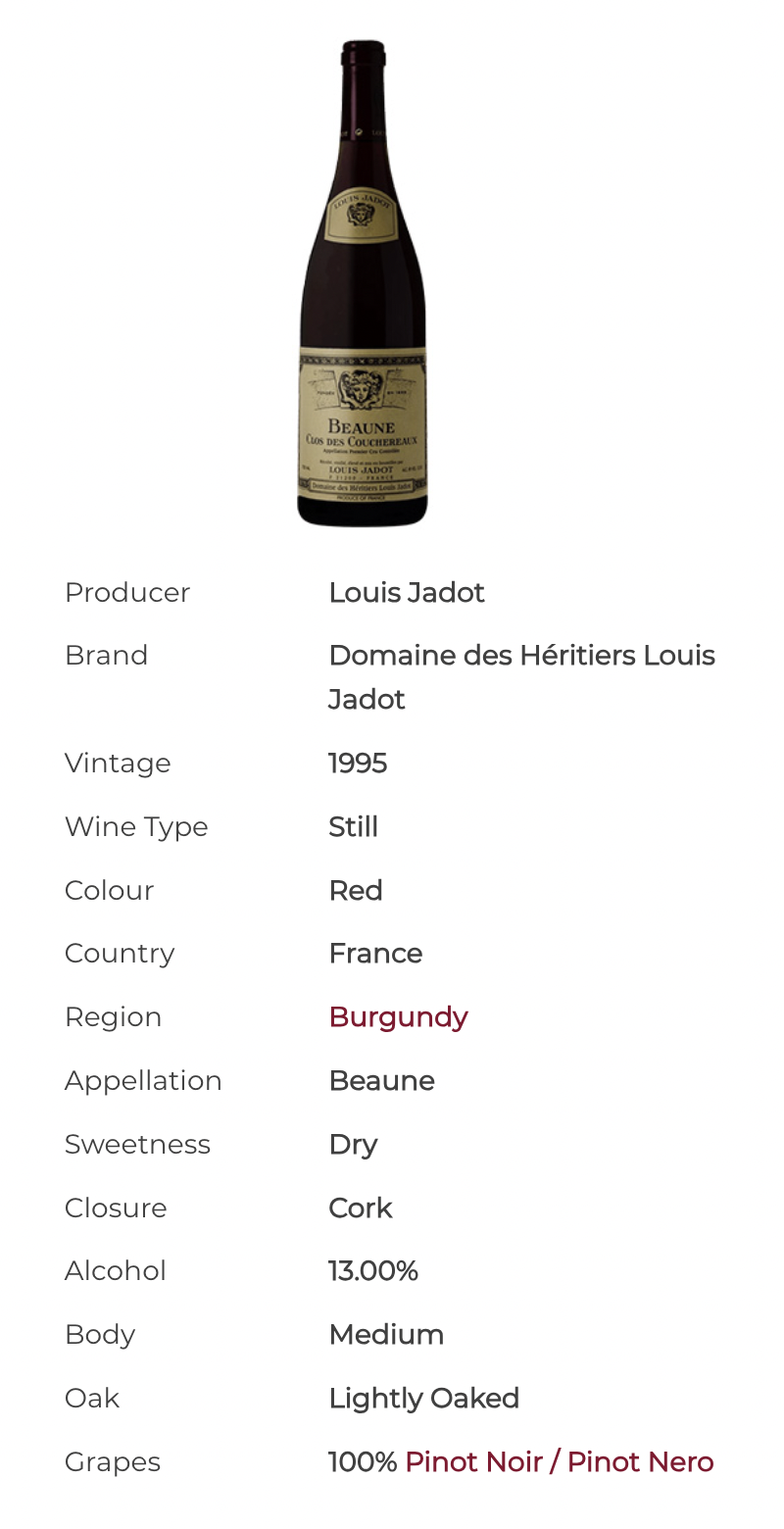 Drinking Window: 2021 – 2025
Drinking Window: 2021 – 2025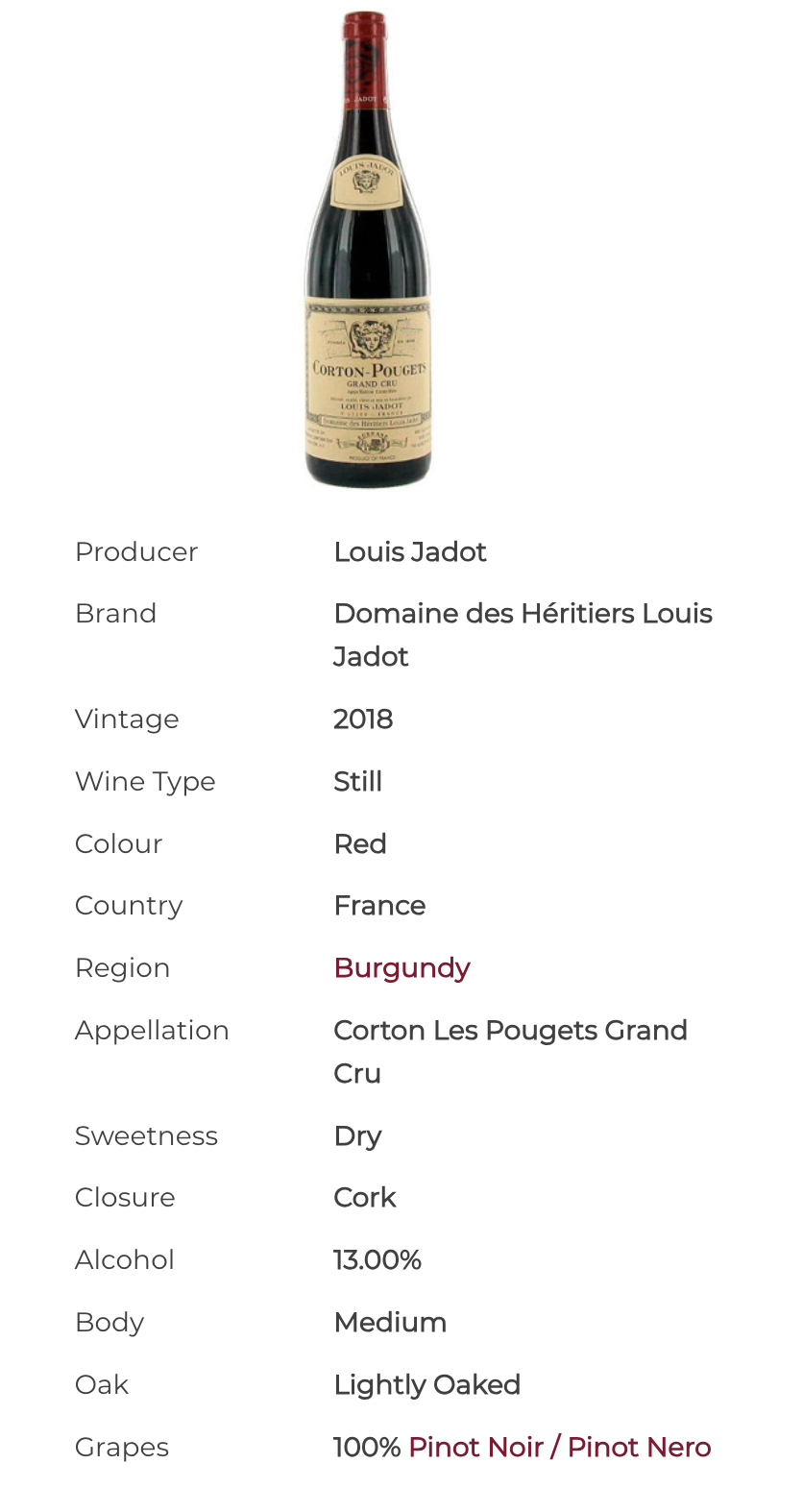 Drinking Window: 2026 – 2036
Drinking Window: 2026 – 2036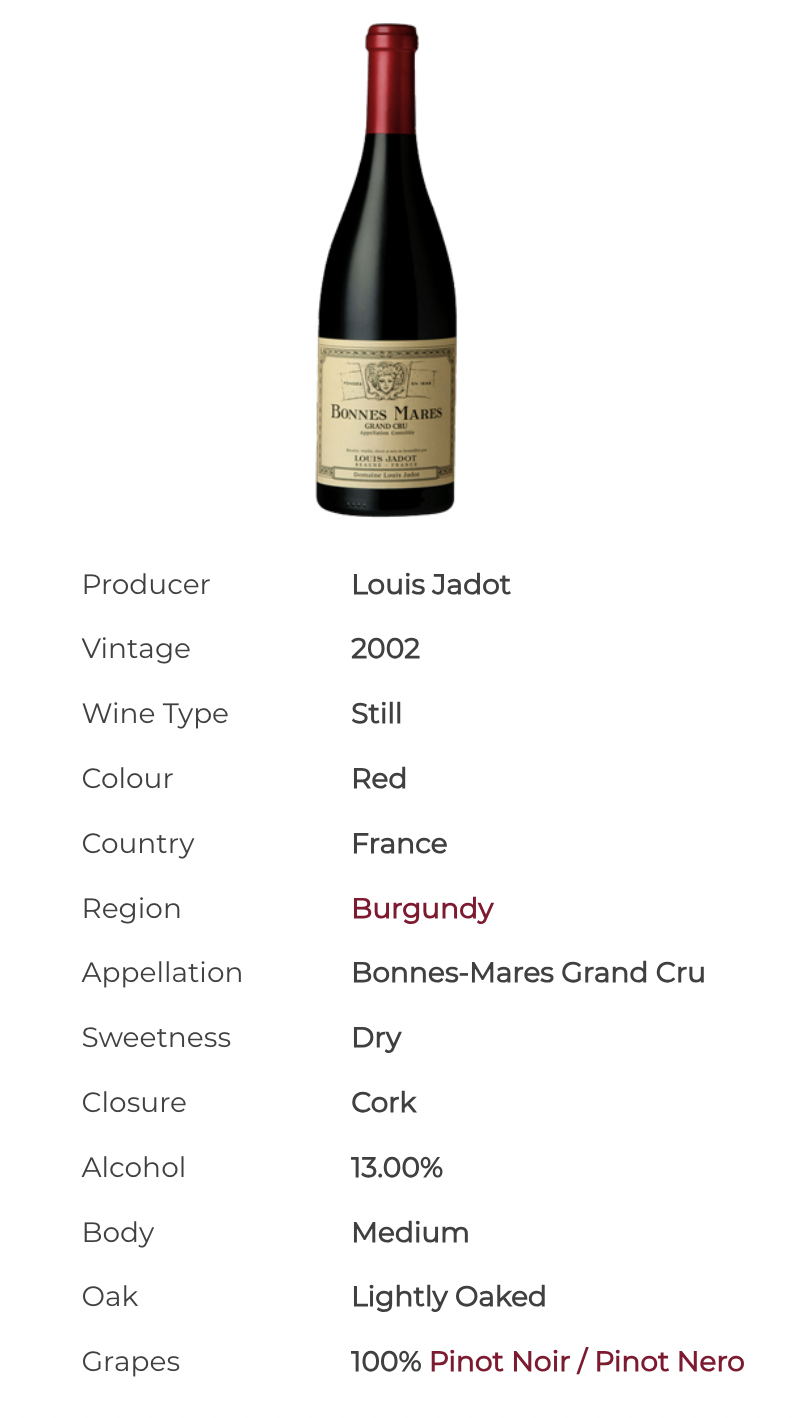 Drinking Window: 2021 – 2031 At nearly 20 years of age, Jadot’s fabulous 2002 Bonnes Mares is just starting to show a hint of maturity. It conveys the Chambolle plushness combined with a crushed stone mineral component. For all its depth and power, its finesse is what makes this wine memorable.
Drinking Window: 2021 – 2031 At nearly 20 years of age, Jadot’s fabulous 2002 Bonnes Mares is just starting to show a hint of maturity. It conveys the Chambolle plushness combined with a crushed stone mineral component. For all its depth and power, its finesse is what makes this wine memorable.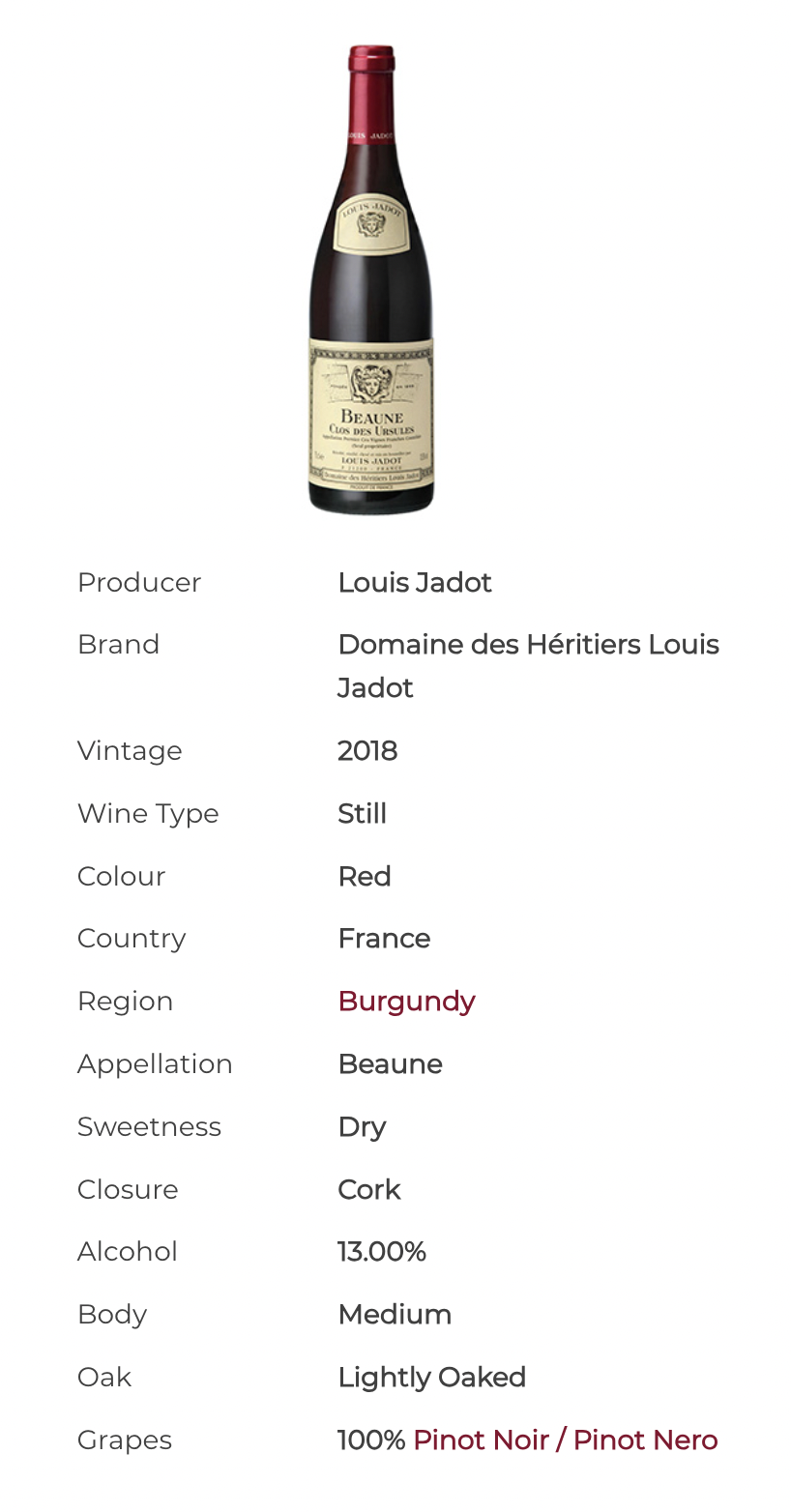 Drinking Window: 2023 – 2033
Drinking Window: 2023 – 2033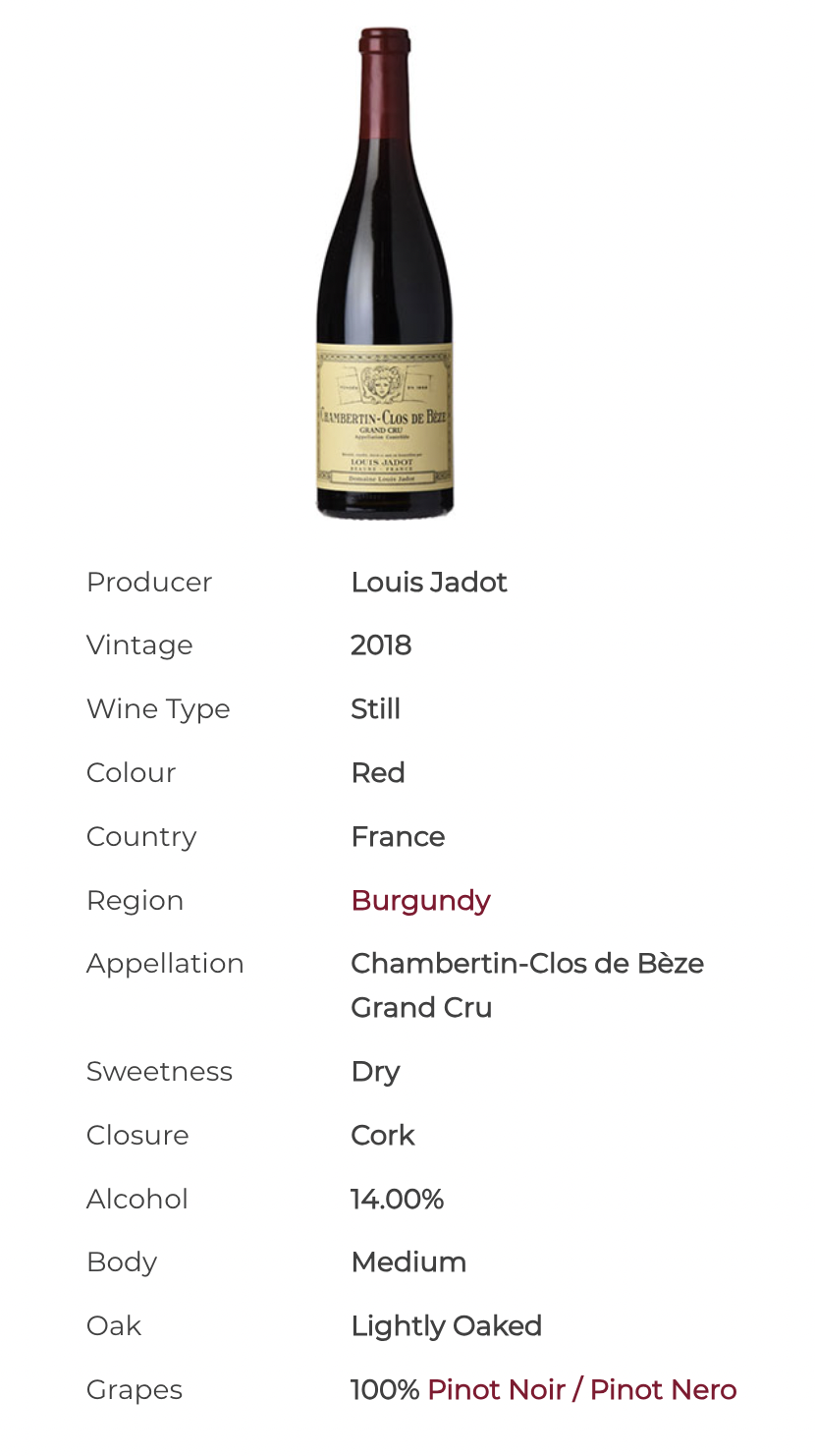 Drinking Window: 2026 – 2036
Drinking Window: 2026 – 2036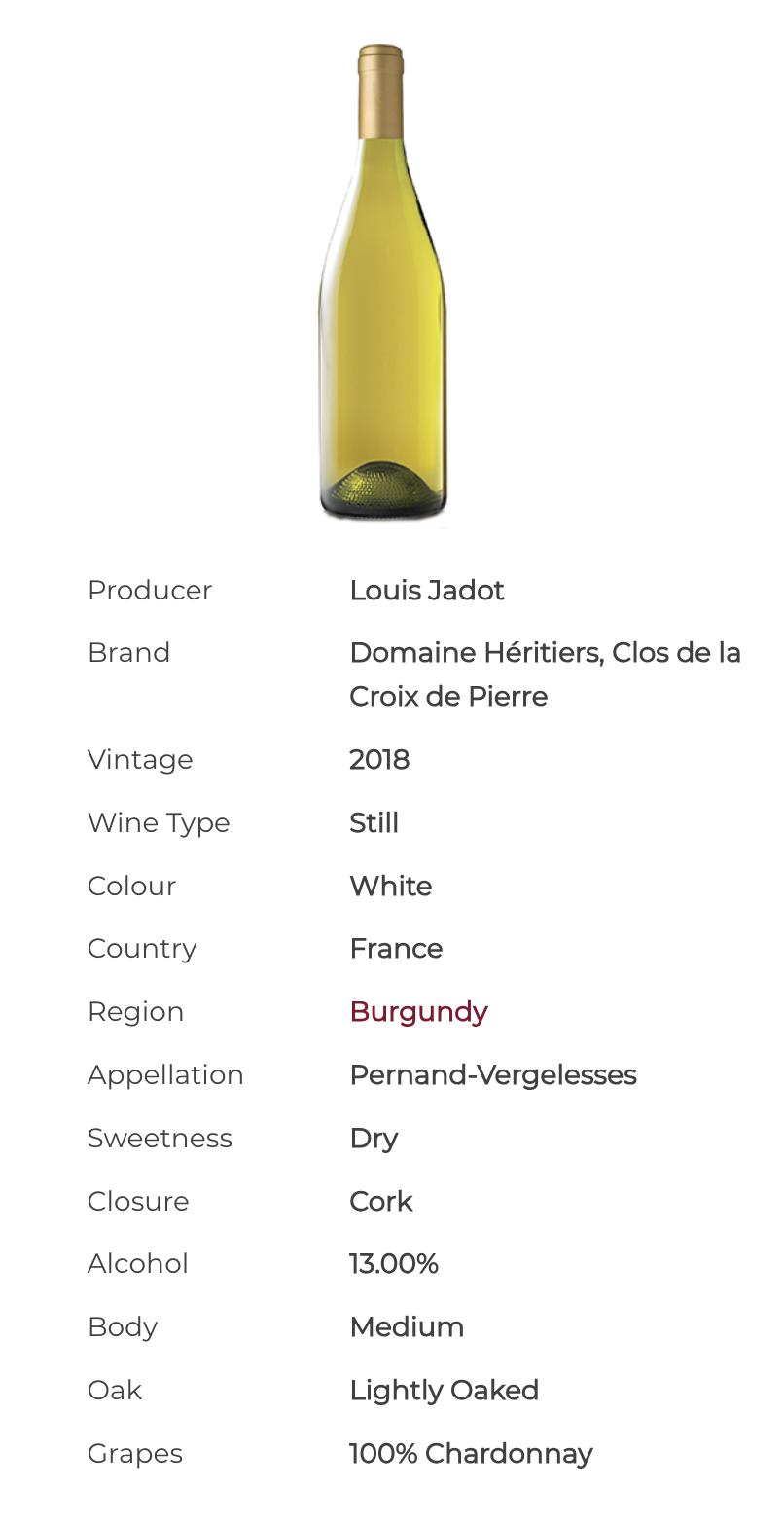 Drinking Window: 2021 – 2026
Drinking Window: 2021 – 2026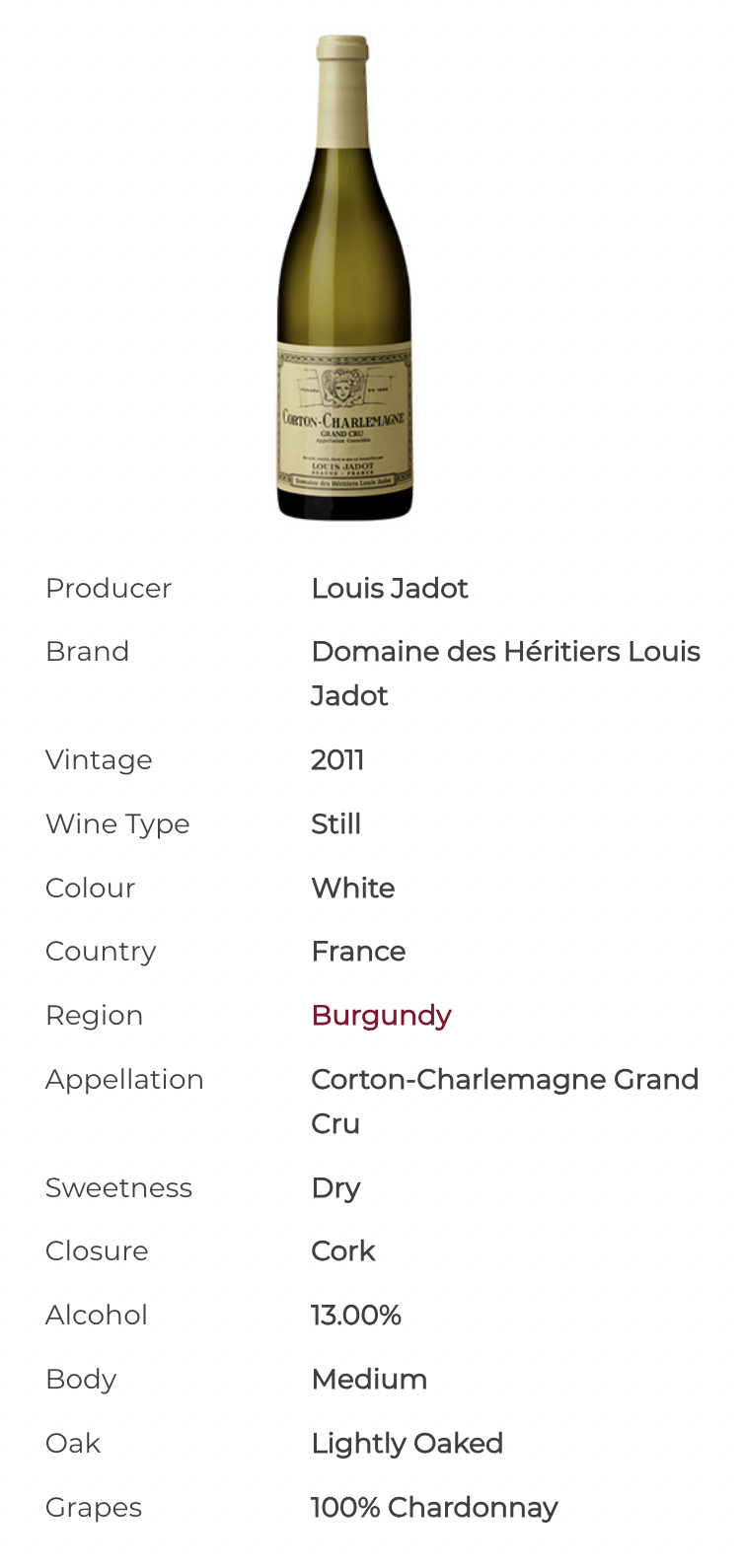 Drinking Window: 2023 – 2030
Drinking Window: 2023 – 2030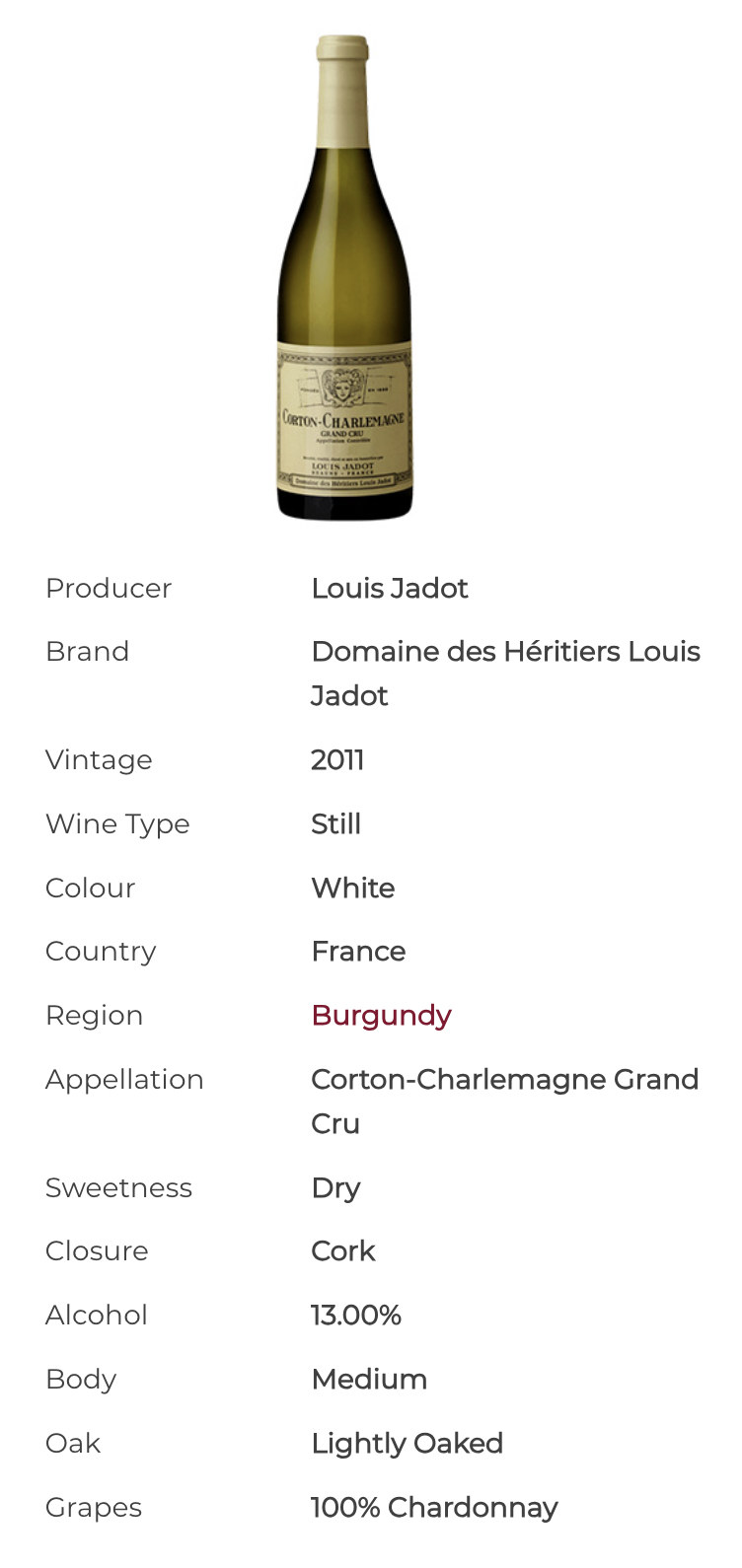 Drinking Window: 2021 – 2026
Drinking Window: 2021 – 2026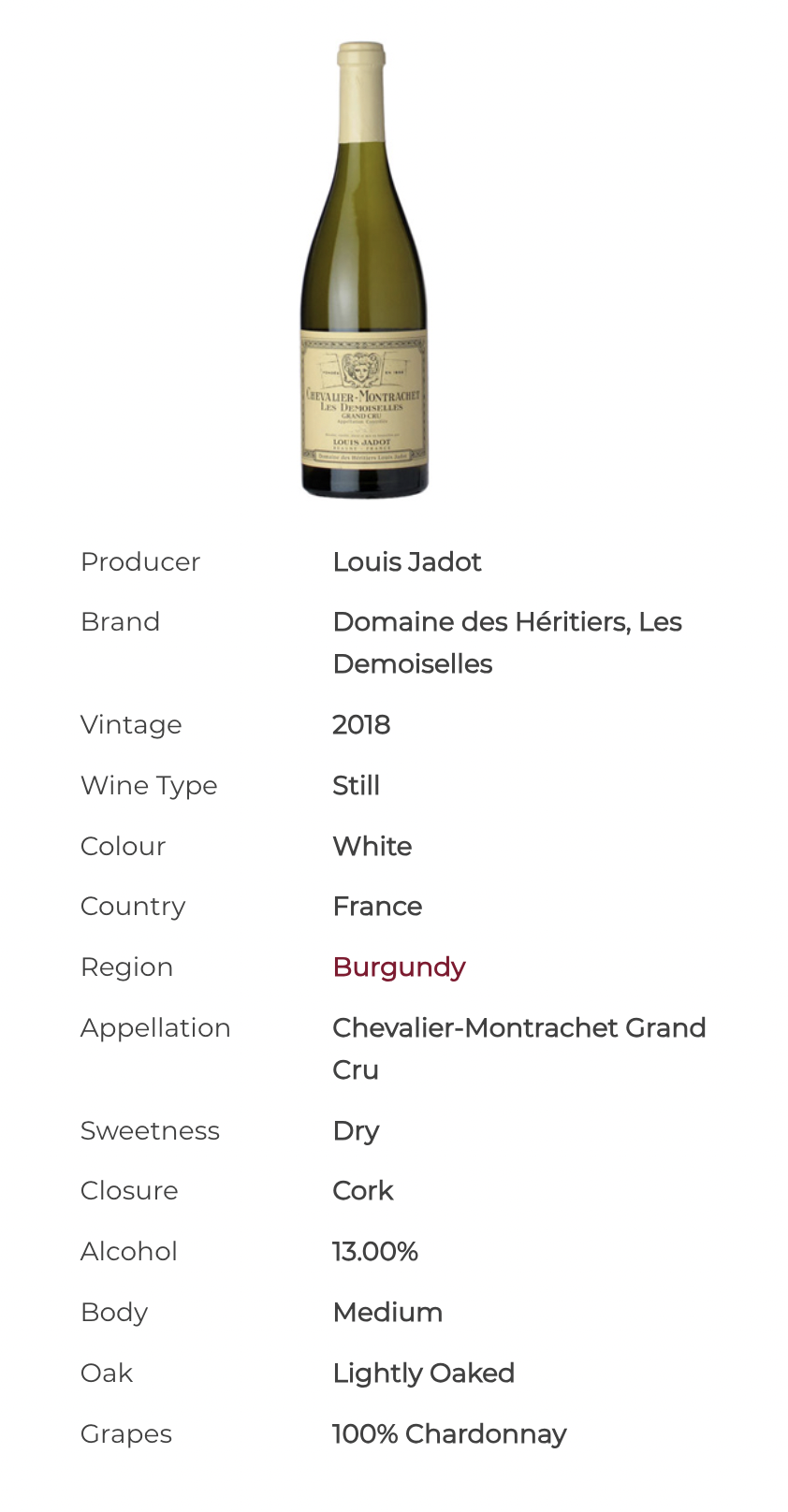 Drinking Window: 2024 – 2034
Drinking Window: 2024 – 2034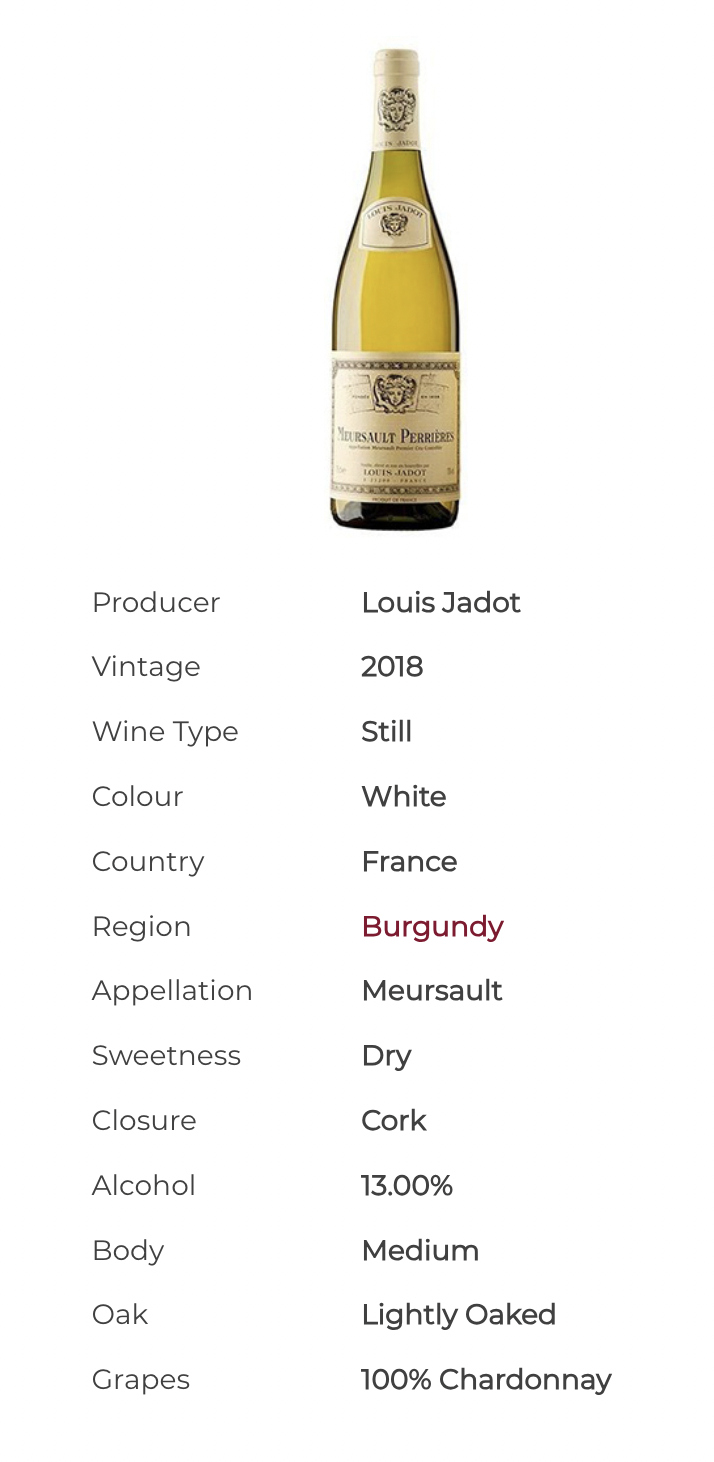 Drinking Window: 2024 – 2034
Drinking Window: 2024 – 2034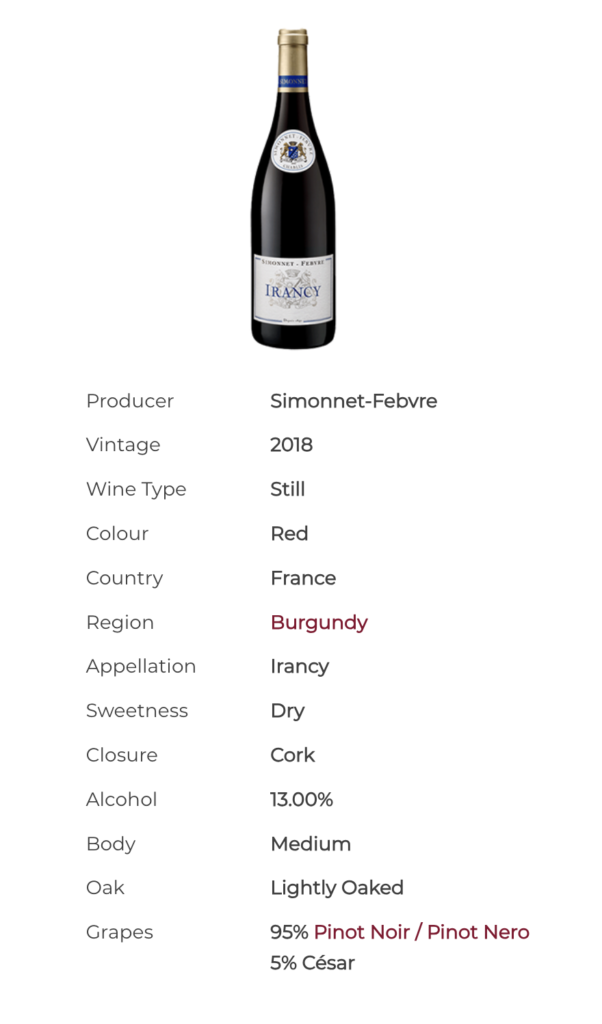
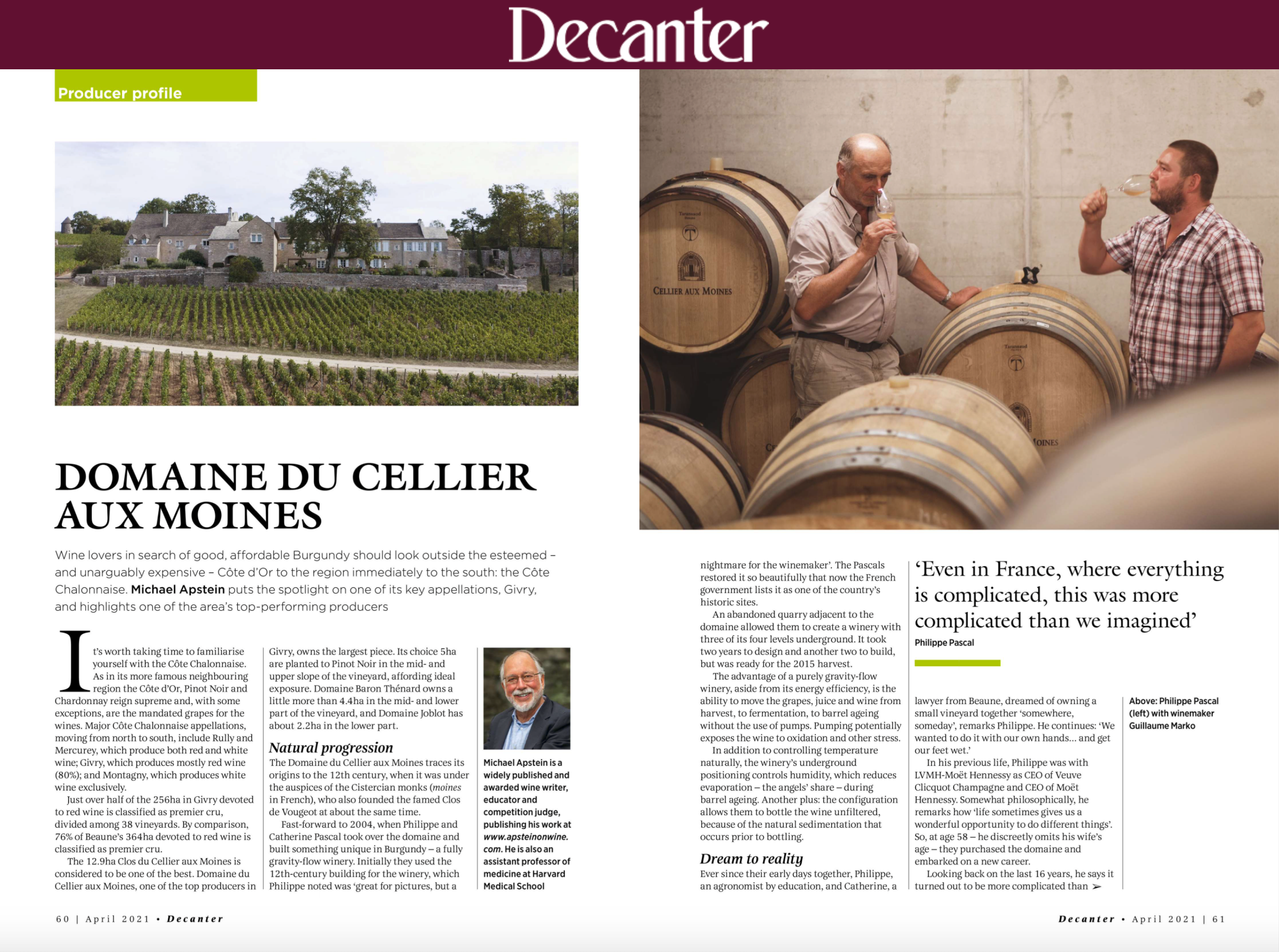
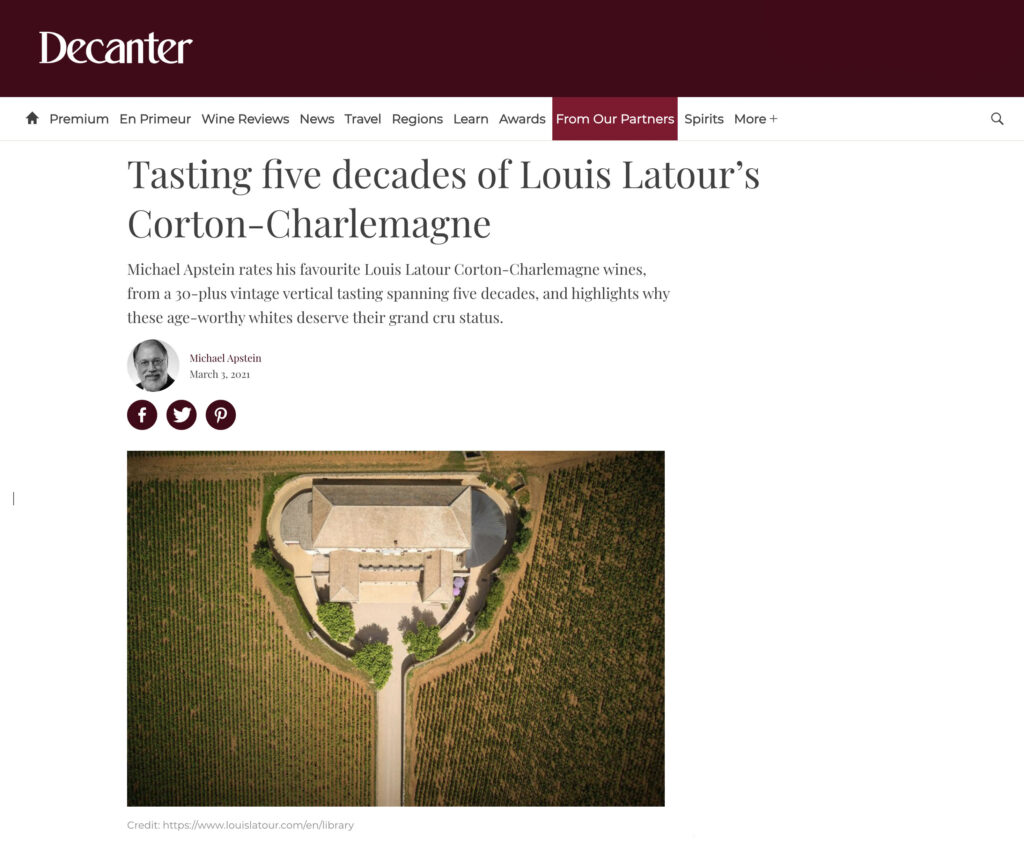
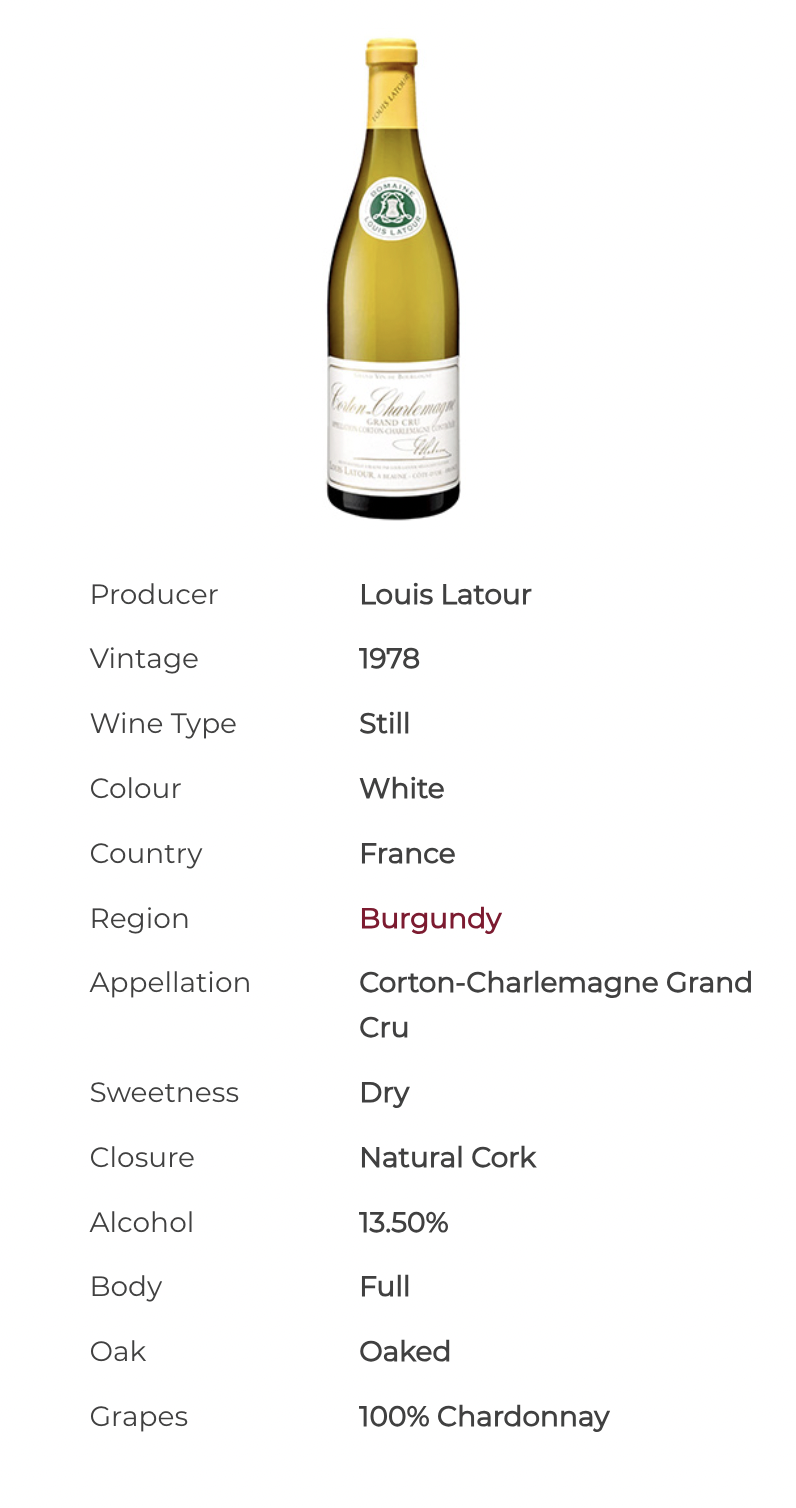 Drinking Window: 2021 – 2021
Drinking Window: 2021 – 2021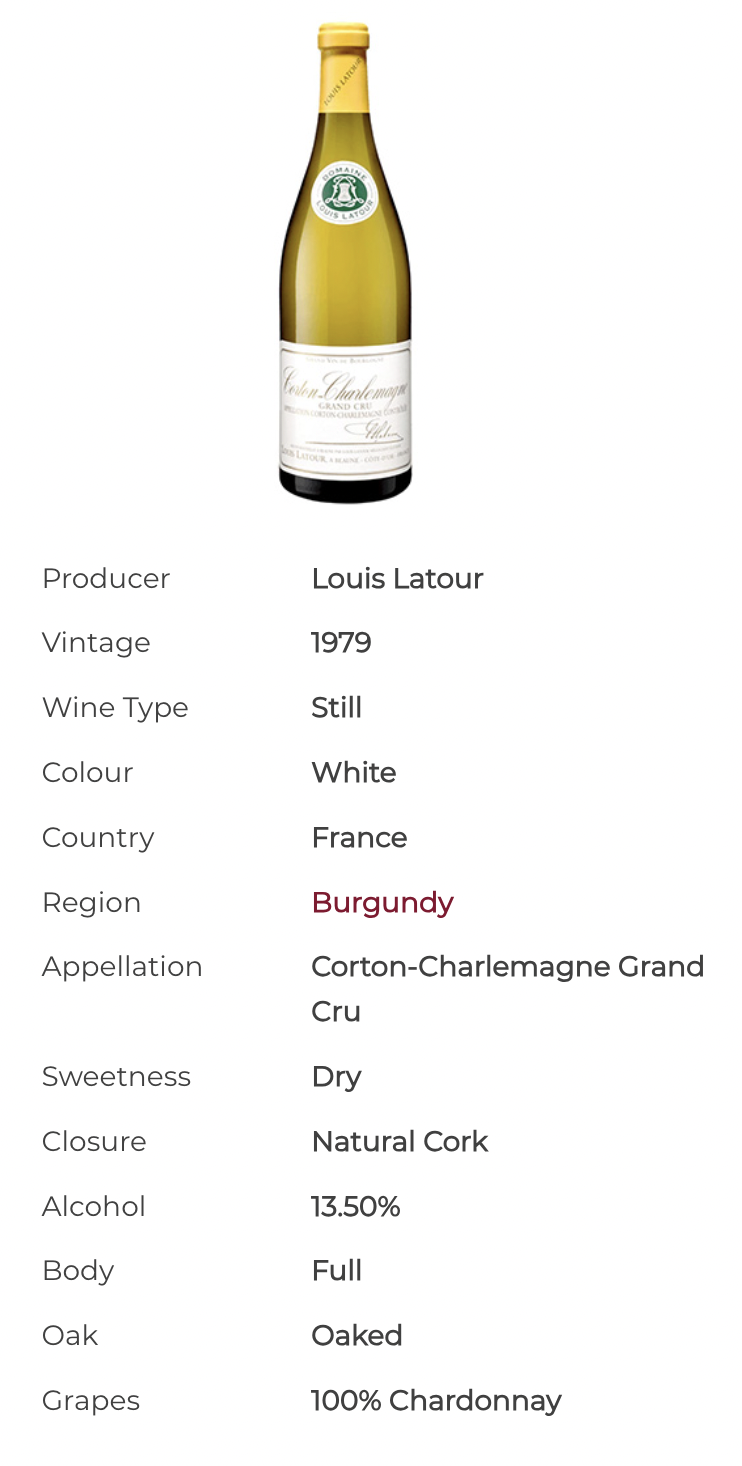 Drinking Window: 2021 – 2021
Drinking Window: 2021 – 2021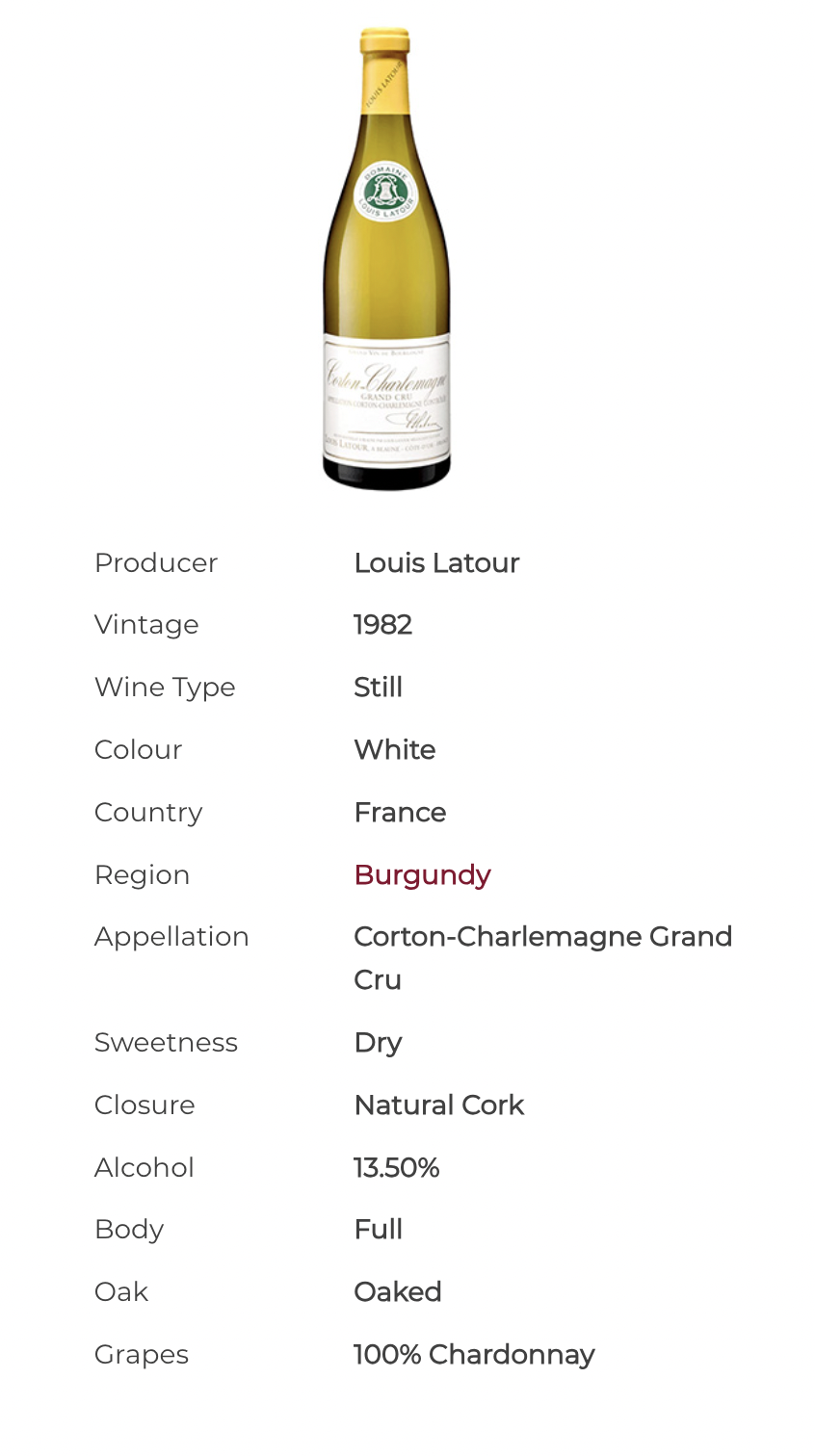 Drinking Window: 2021 – 2021
Drinking Window: 2021 – 2021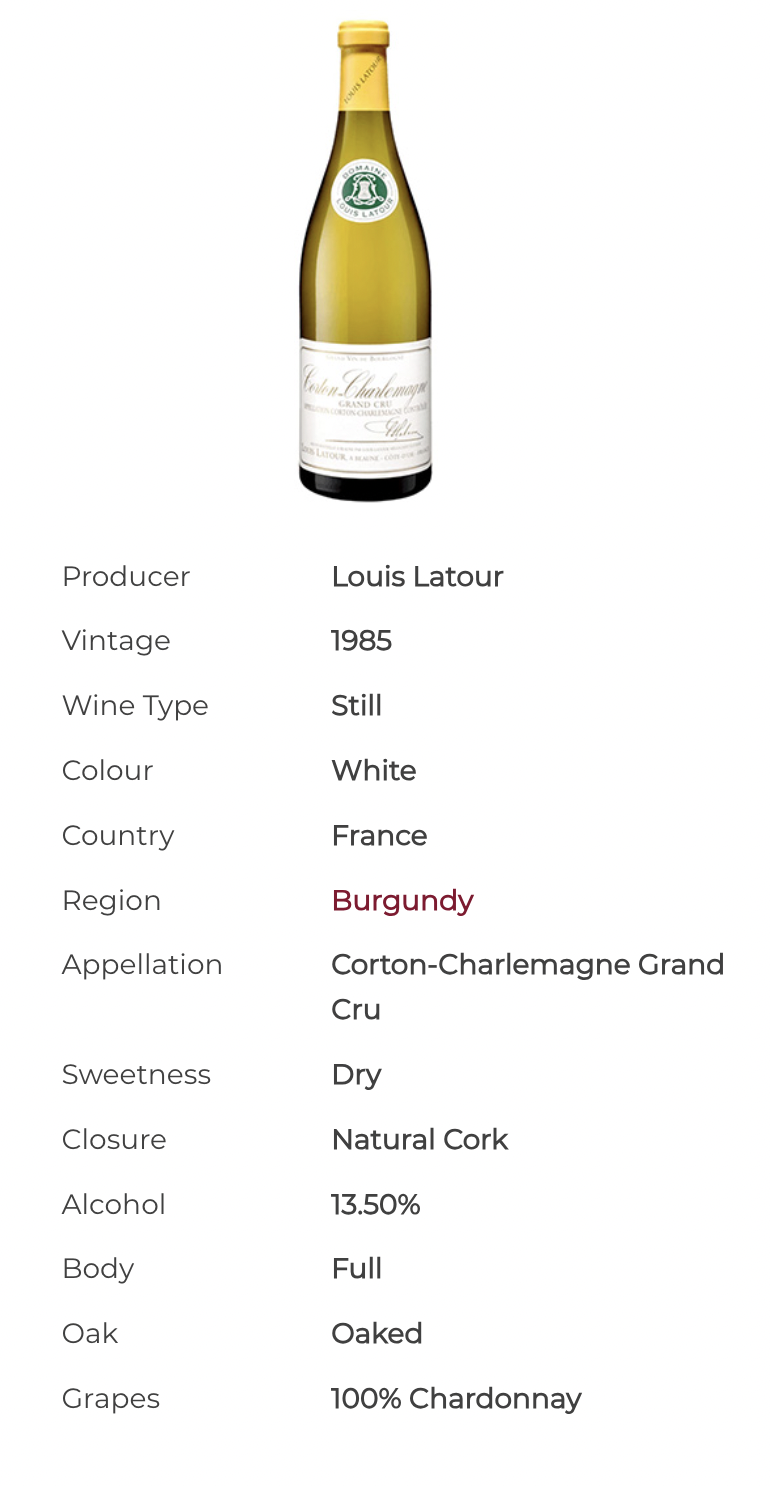 Drinking Window: 2021 – 2022
Drinking Window: 2021 – 2022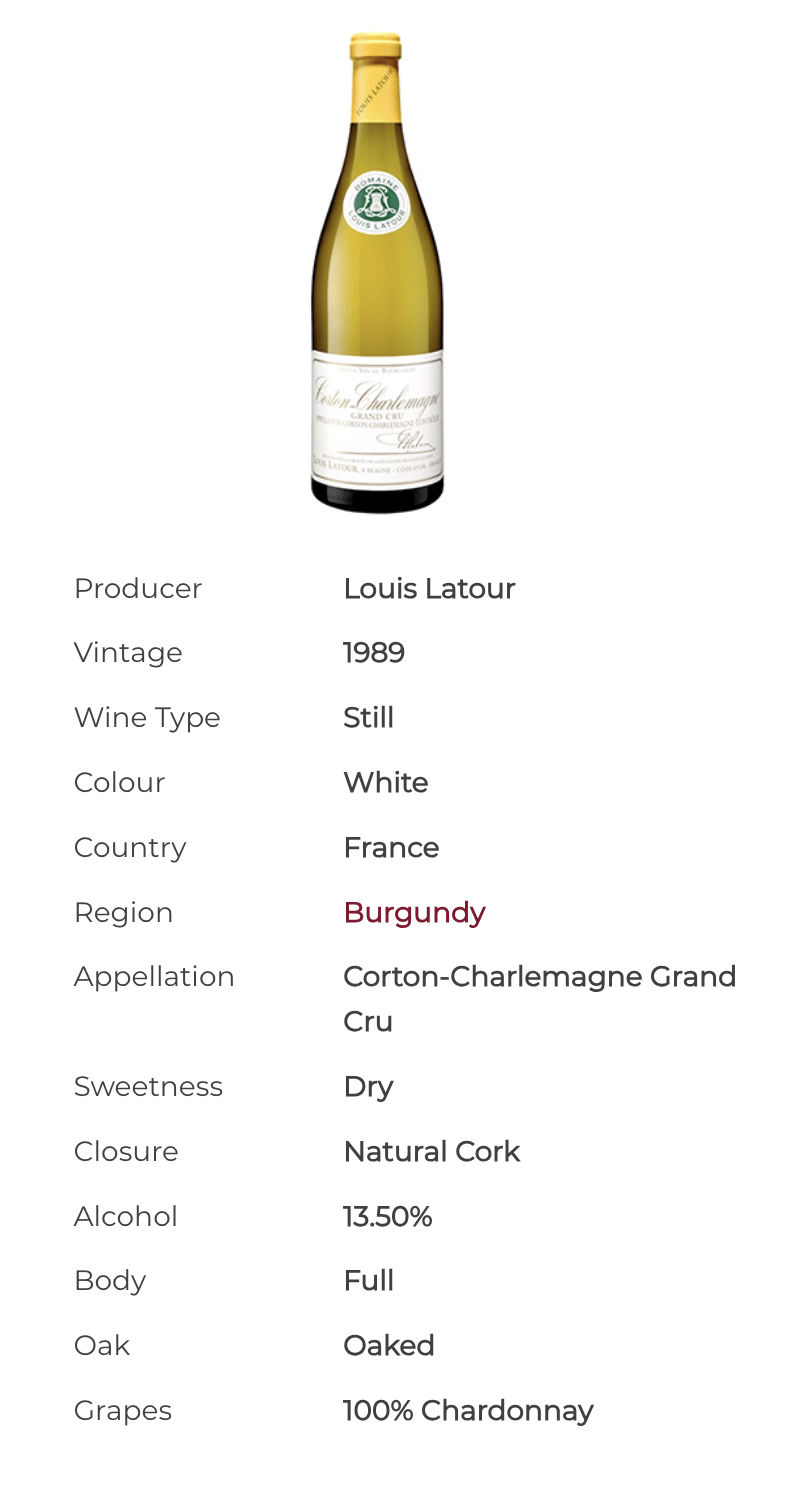 Drinking Window: 2021 – 2025
Drinking Window: 2021 – 2025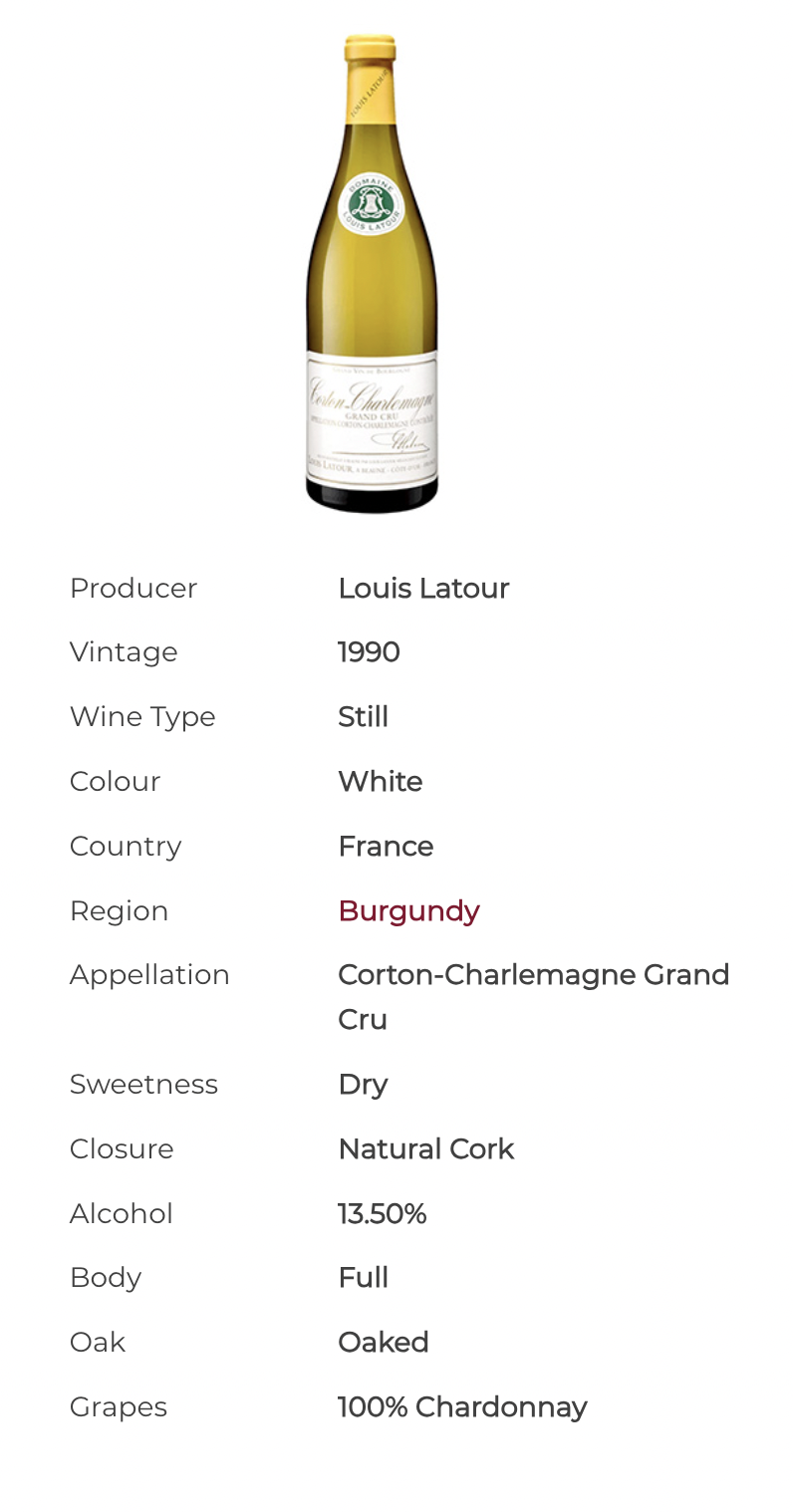 Drinking Window: 2021 – 2025
Drinking Window: 2021 – 2025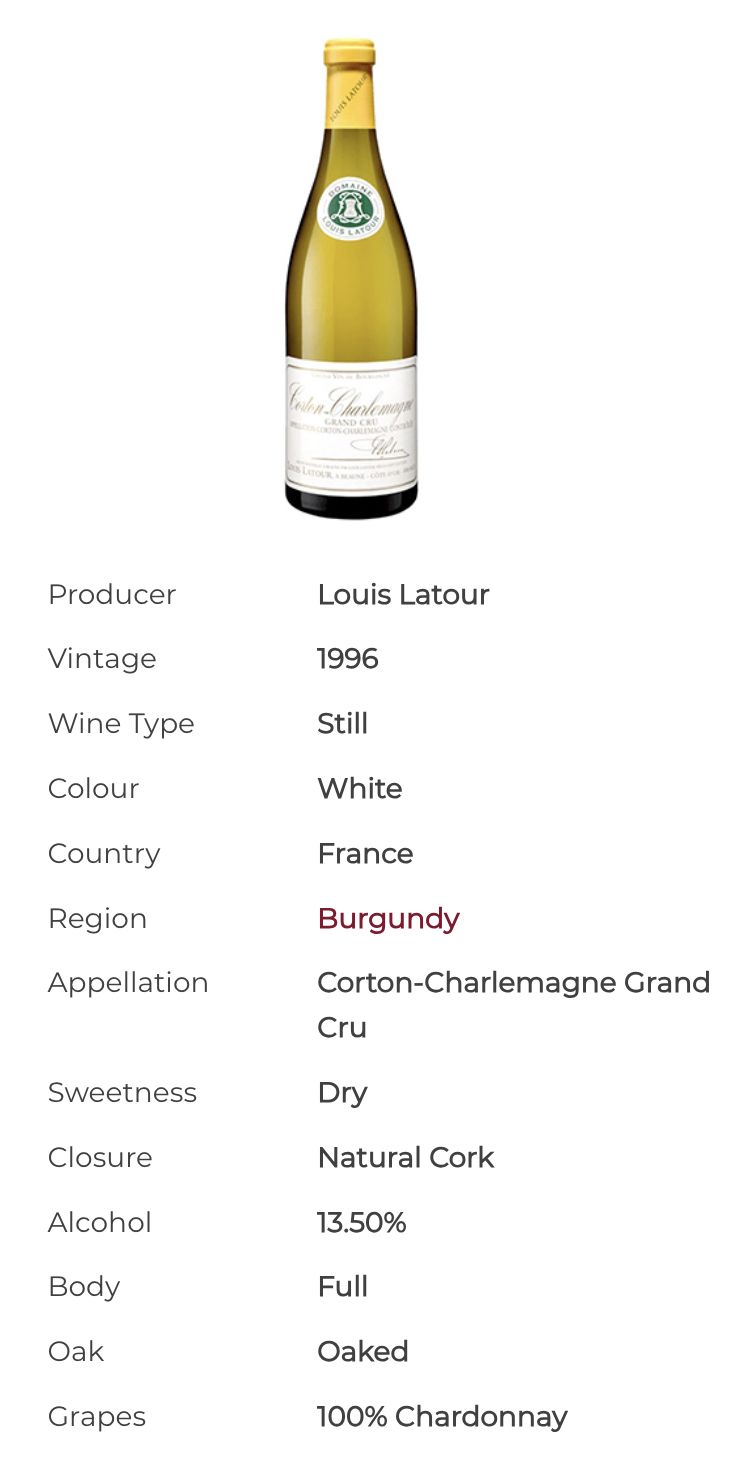 Drinking Window: 2021 – 2022
Drinking Window: 2021 – 2022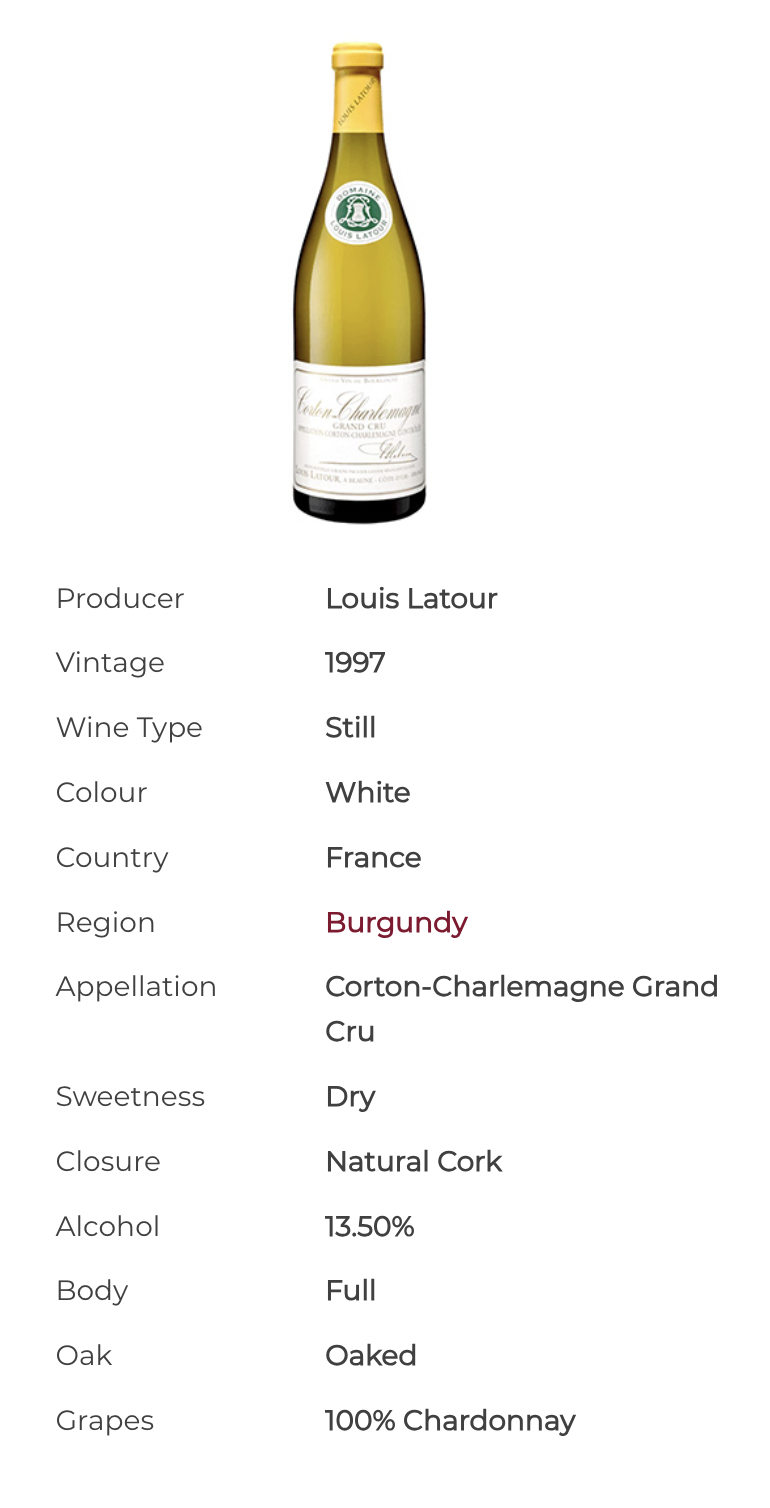
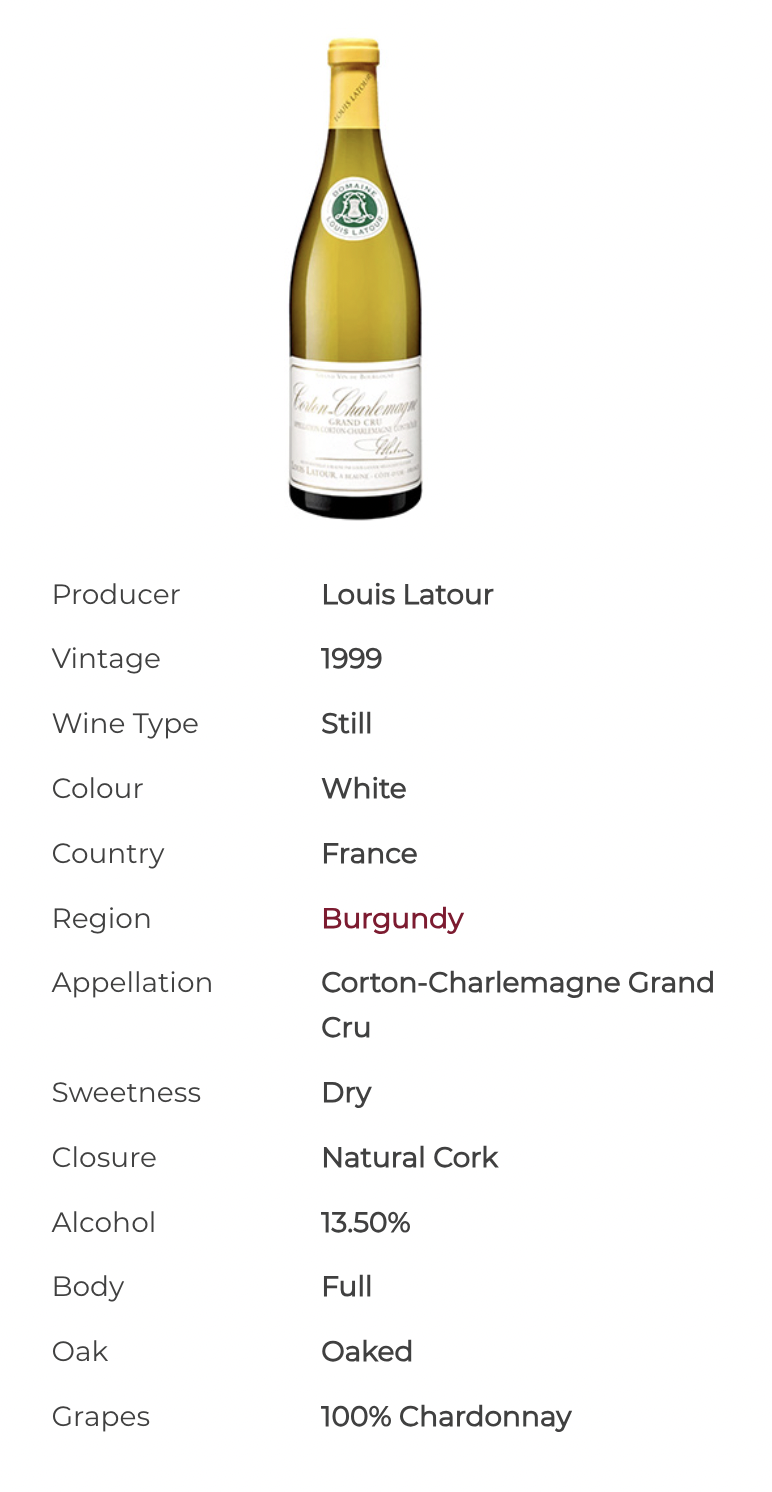 Drinking Window: 2021 – 2028
Drinking Window: 2021 – 2028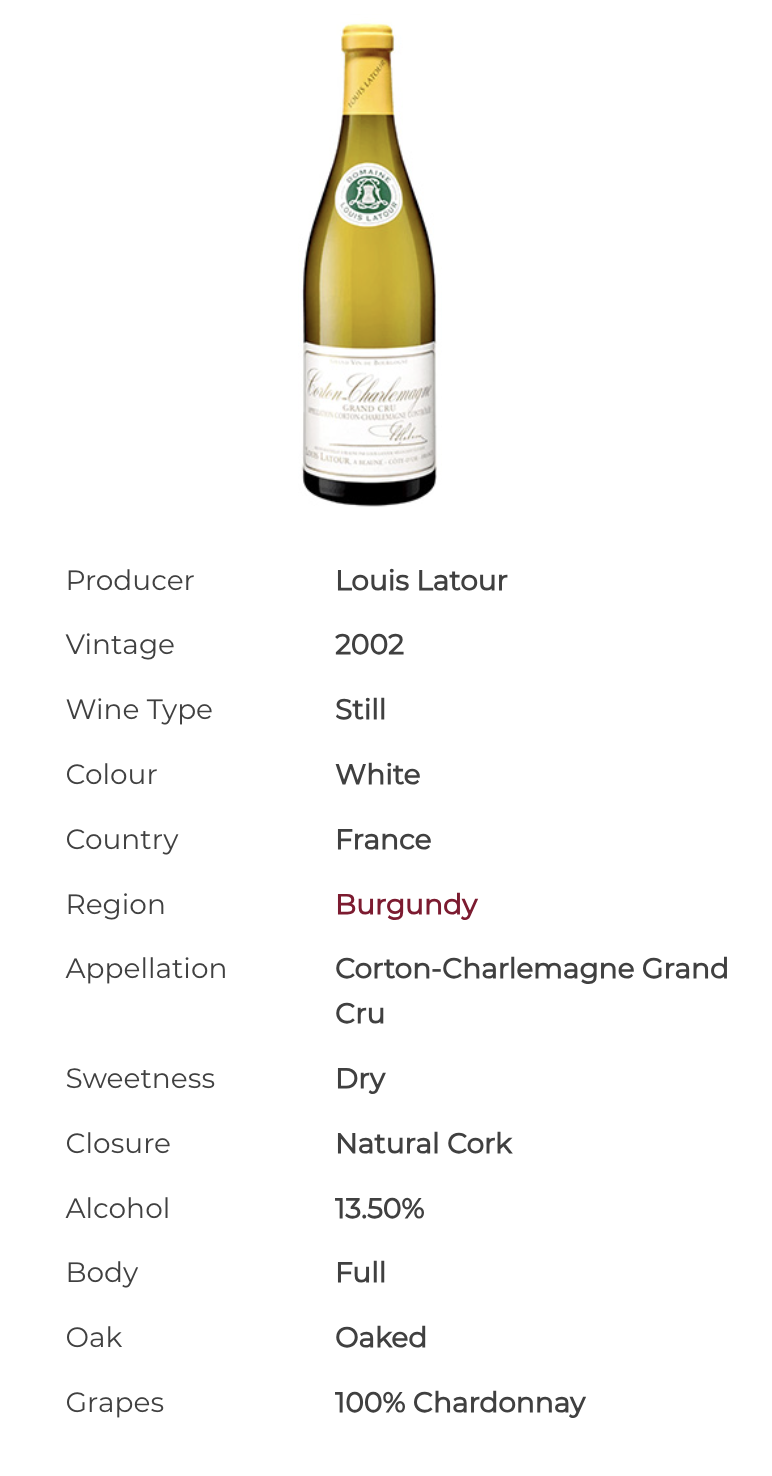 Drinking Window: 2021 – 2023
Drinking Window: 2021 – 2023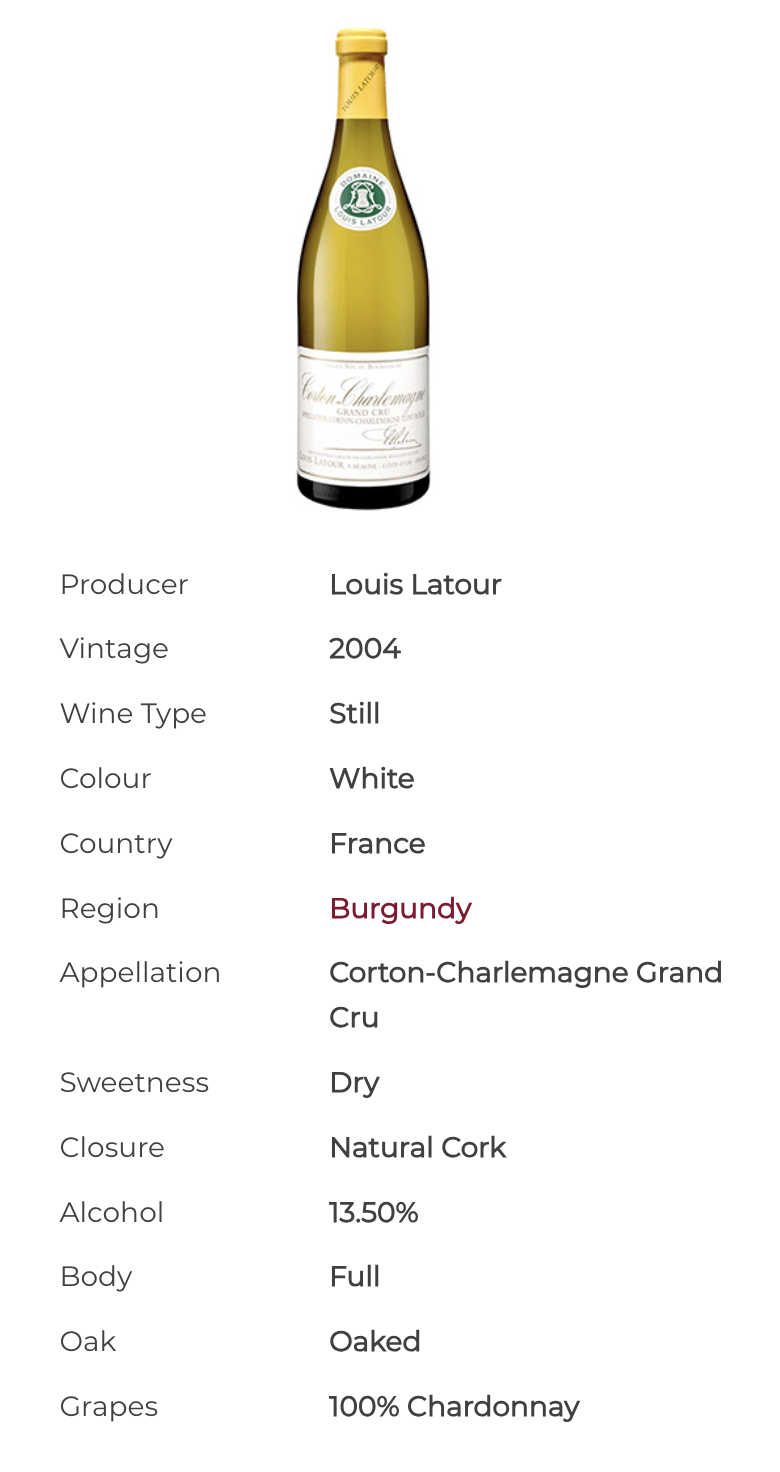 Drinking Window: 2021 – 2031
Drinking Window: 2021 – 2031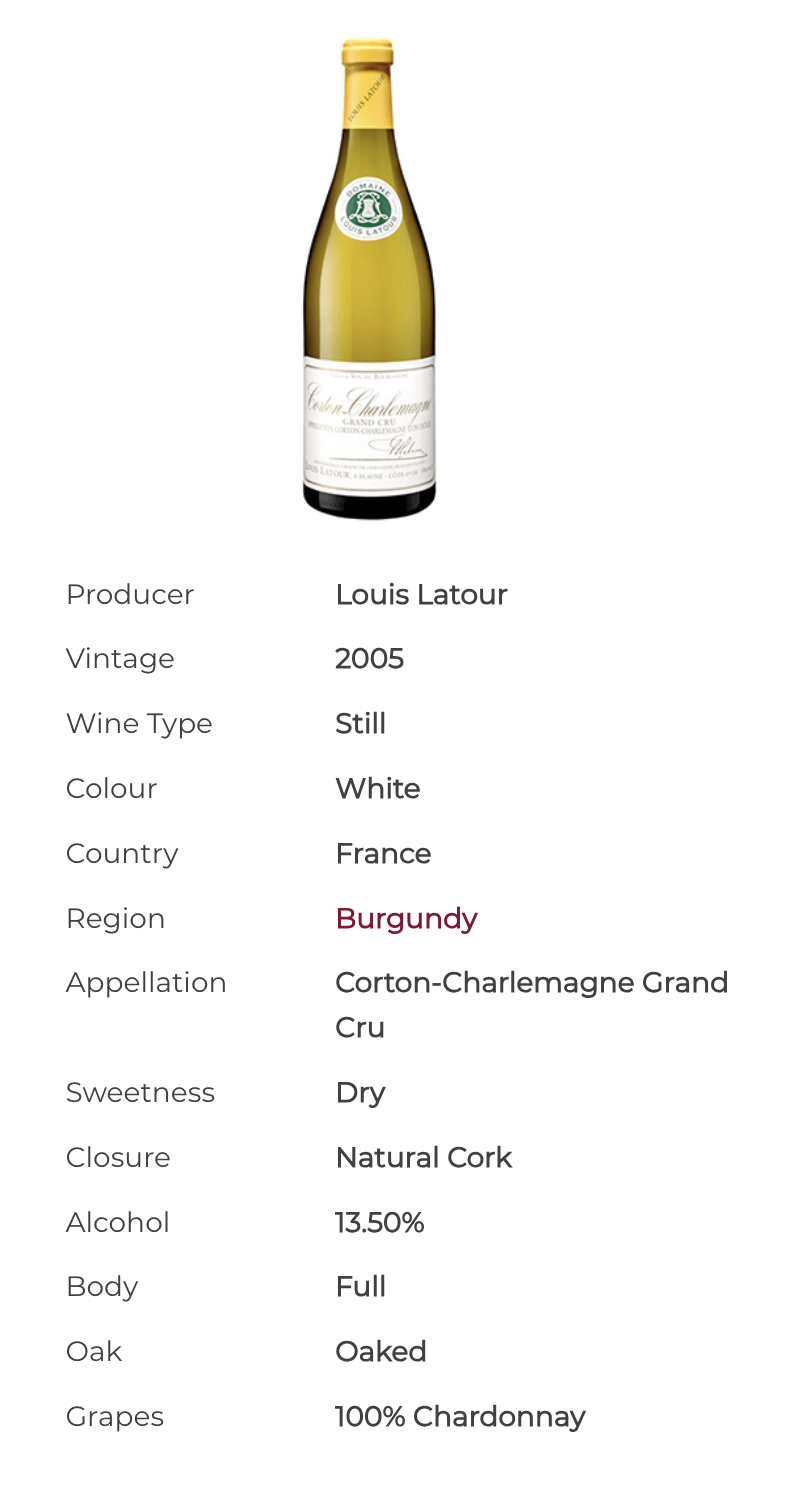 Drinking Window: 2021 – 2026
Drinking Window: 2021 – 2026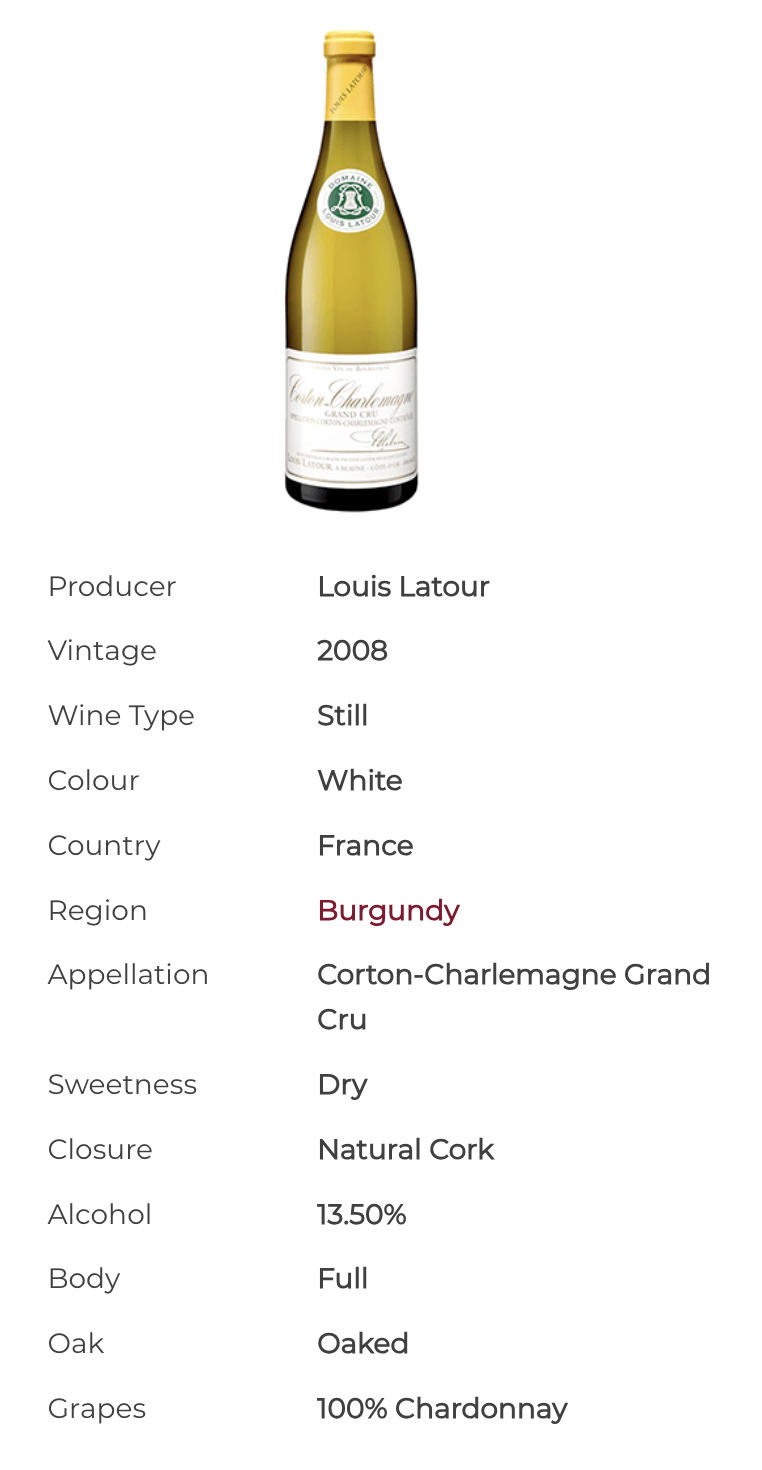 Drinking Window: 2021 – 2031
Drinking Window: 2021 – 2031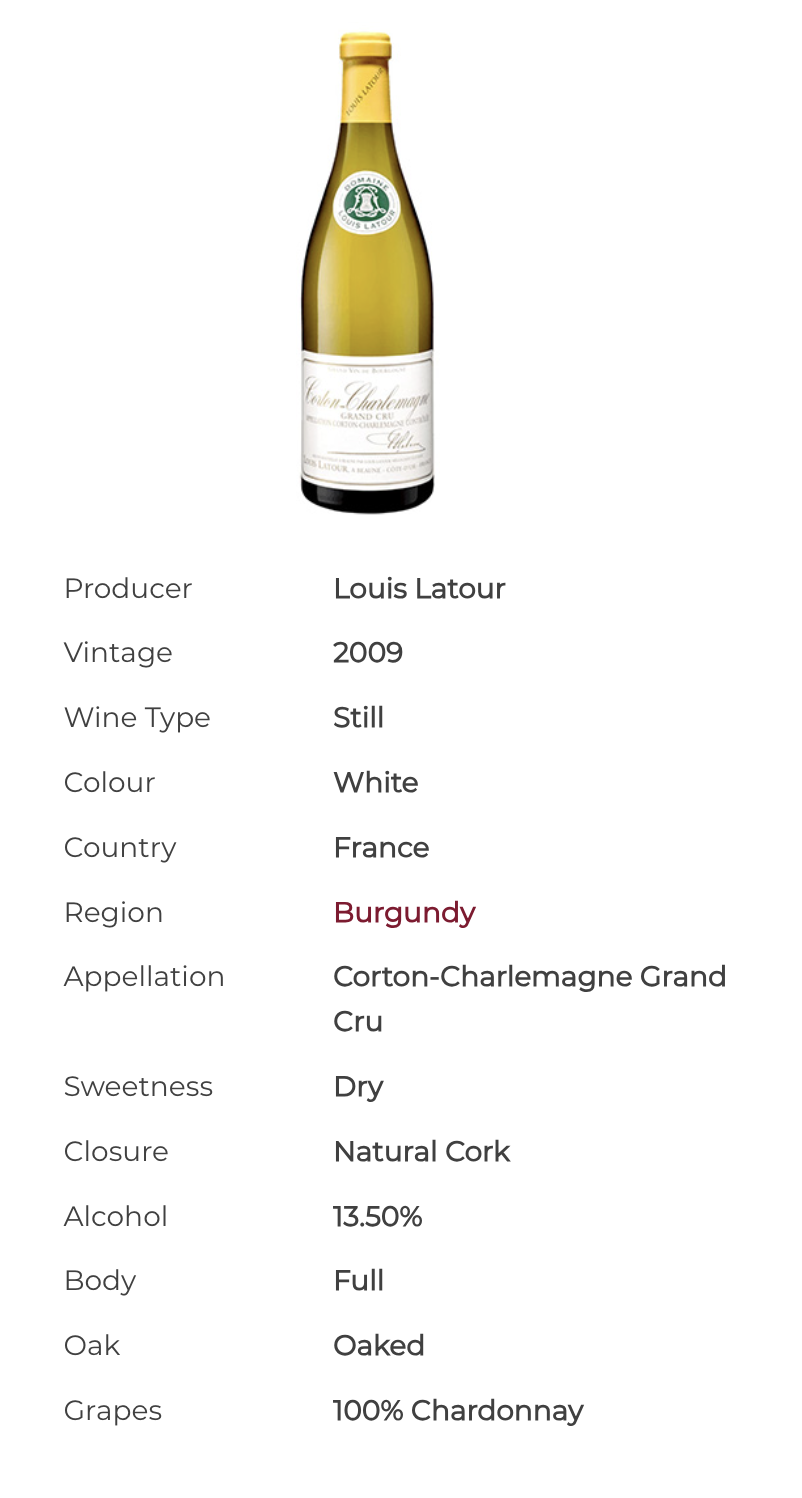 Drinking Window: 2021 – 2028
Drinking Window: 2021 – 2028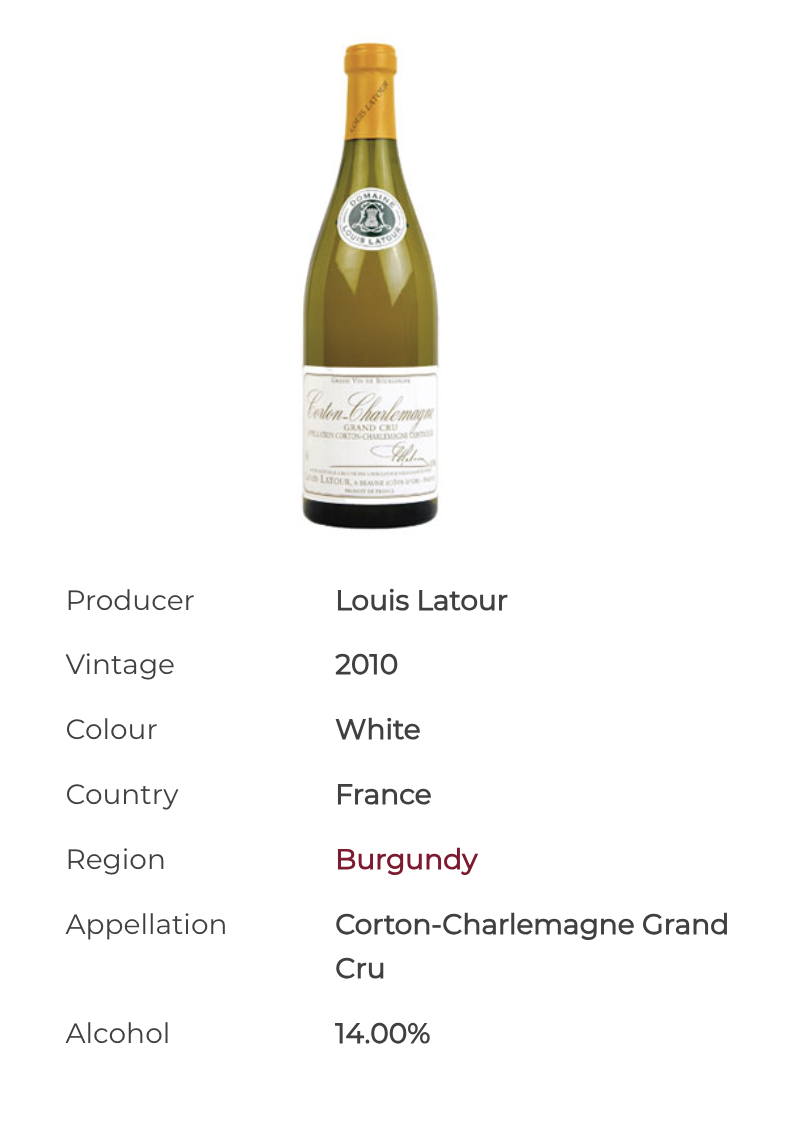 Drinking Window: 2021 – 2031
Drinking Window: 2021 – 2031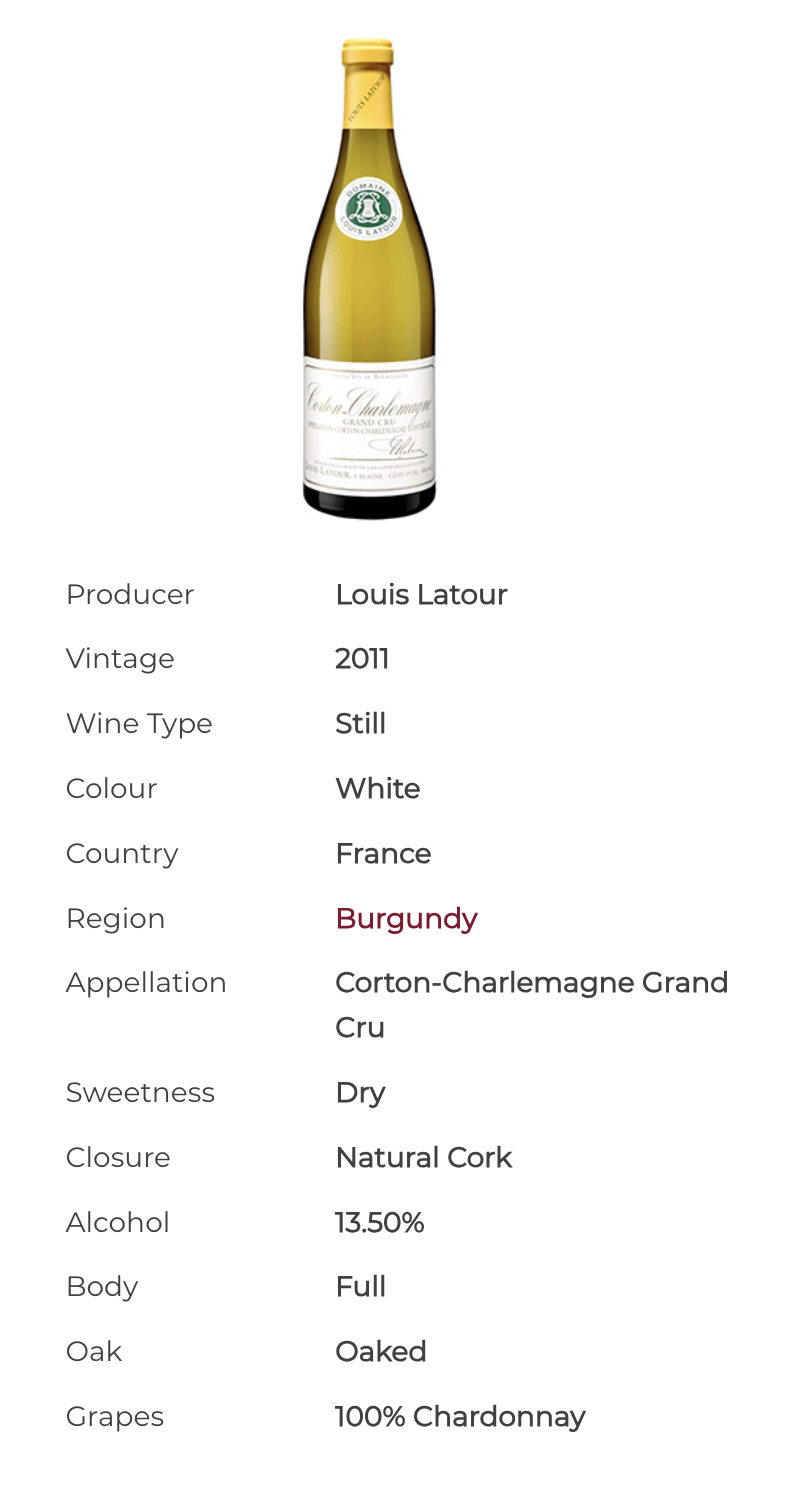 Drinking Window: 2021 – 2025
Drinking Window: 2021 – 2025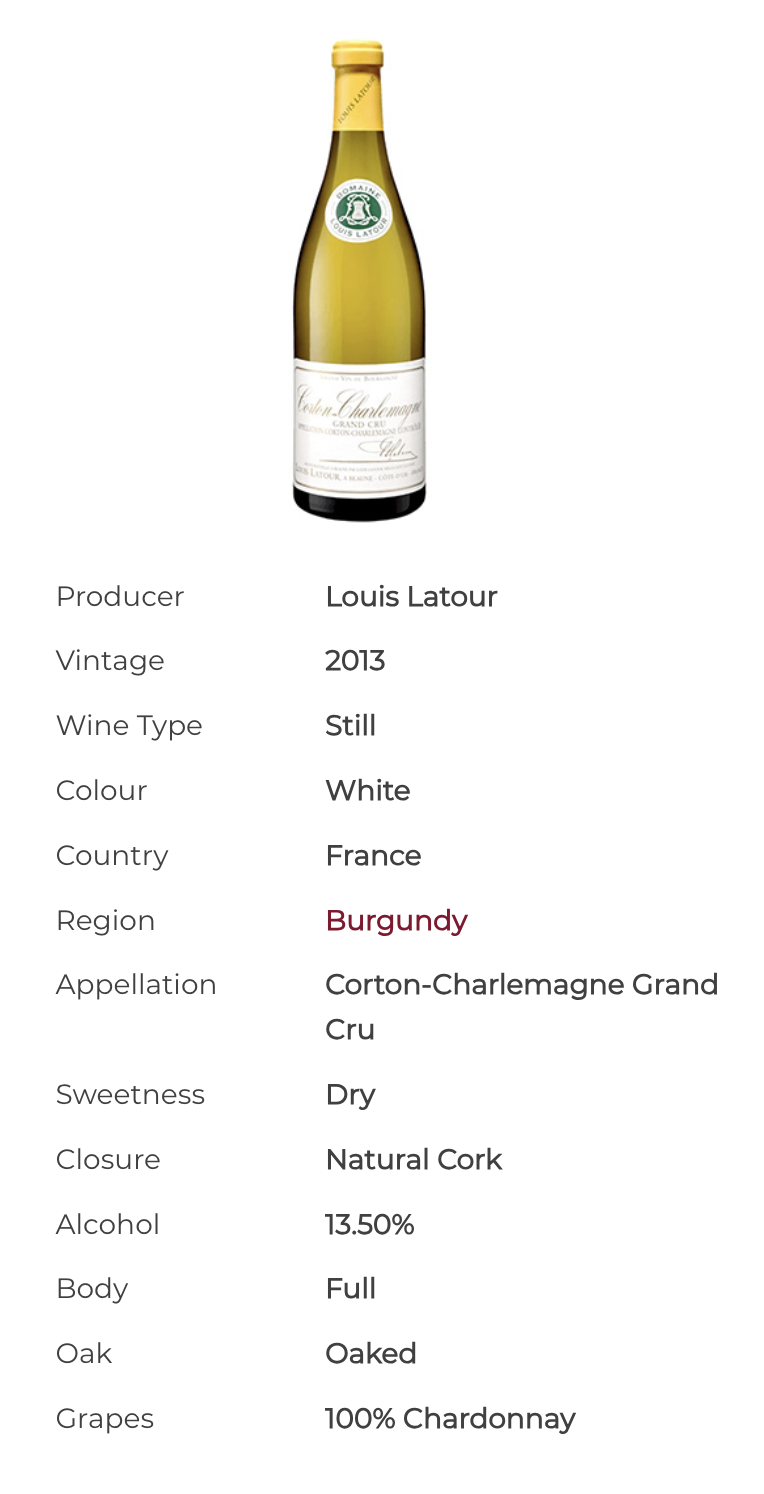 Drinking Window: 2022 – 2027
Drinking Window: 2022 – 2027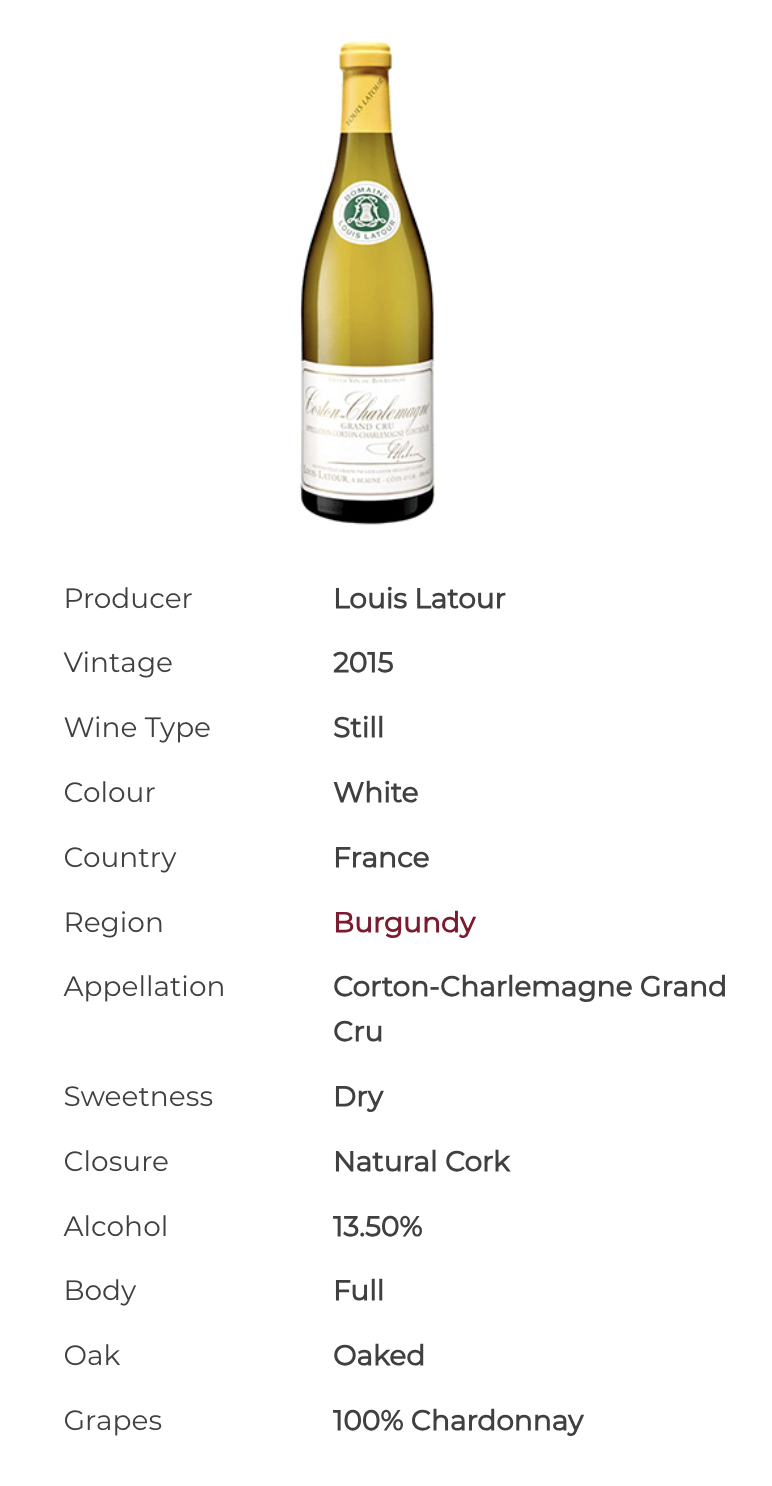 Drinking Window: 2025 – 2030
Drinking Window: 2025 – 2030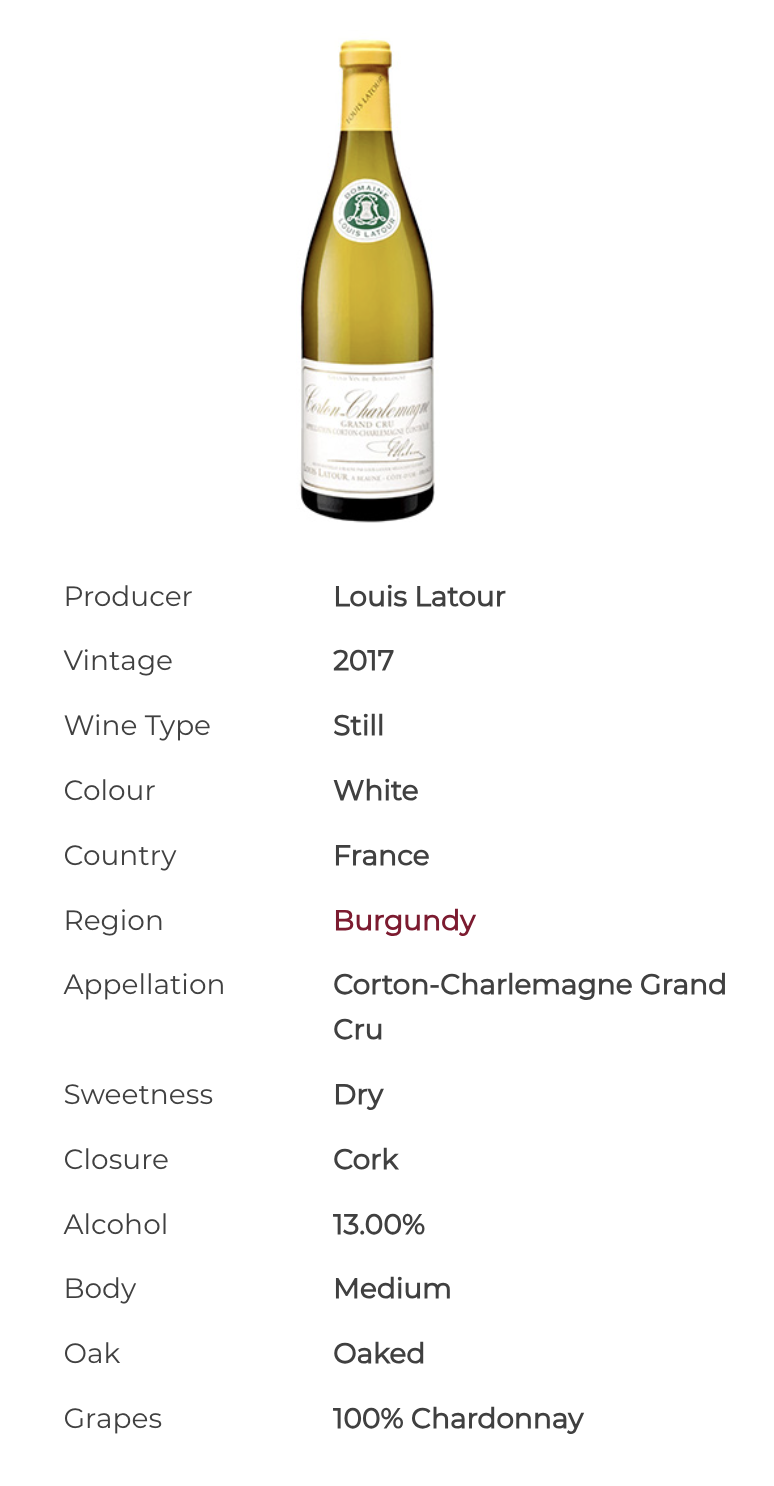 Drinking Window: 2027 – 2040
Drinking Window: 2027 – 2040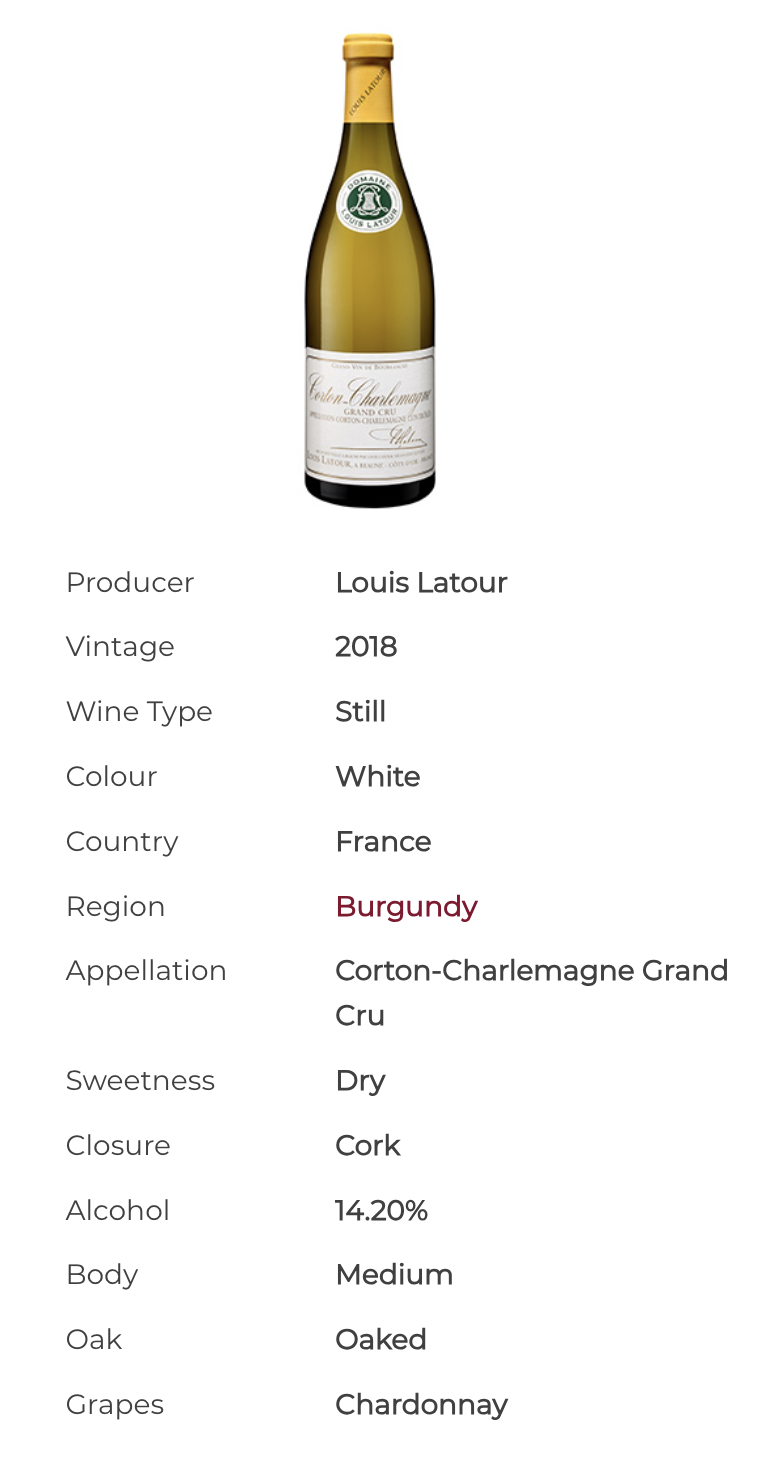 Drinking Window: 2026 – 2036
Drinking Window: 2026 – 2036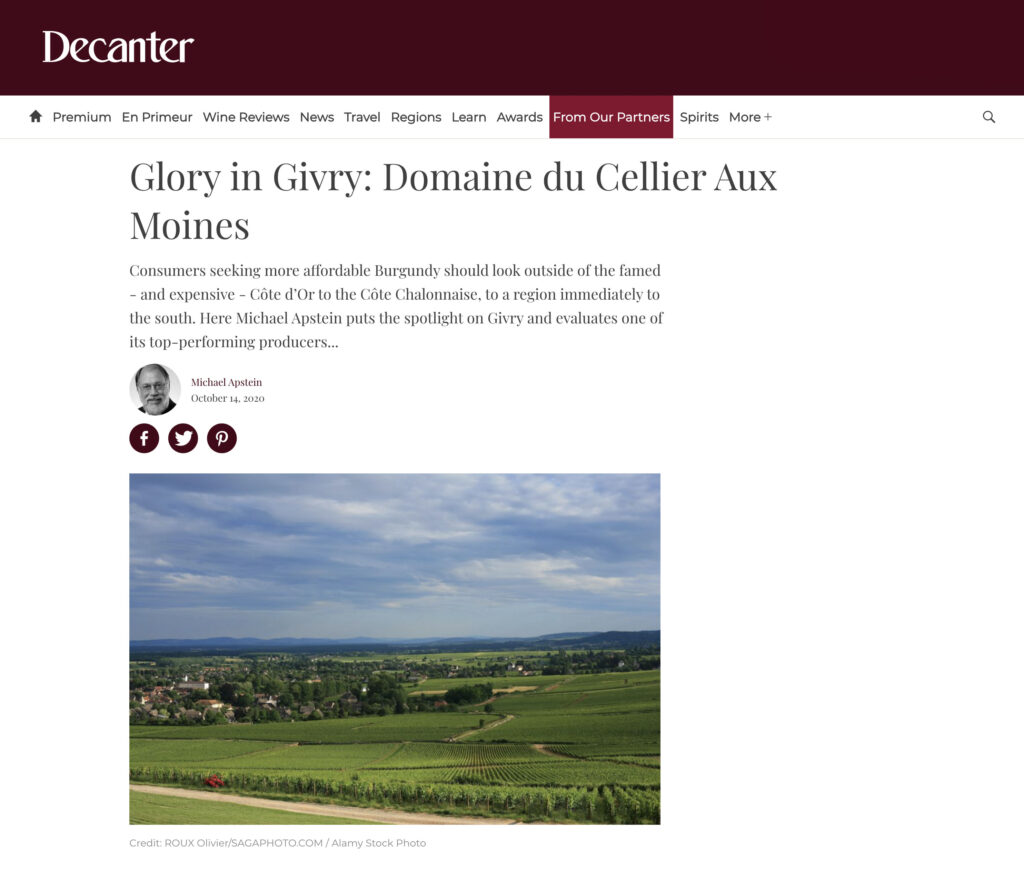
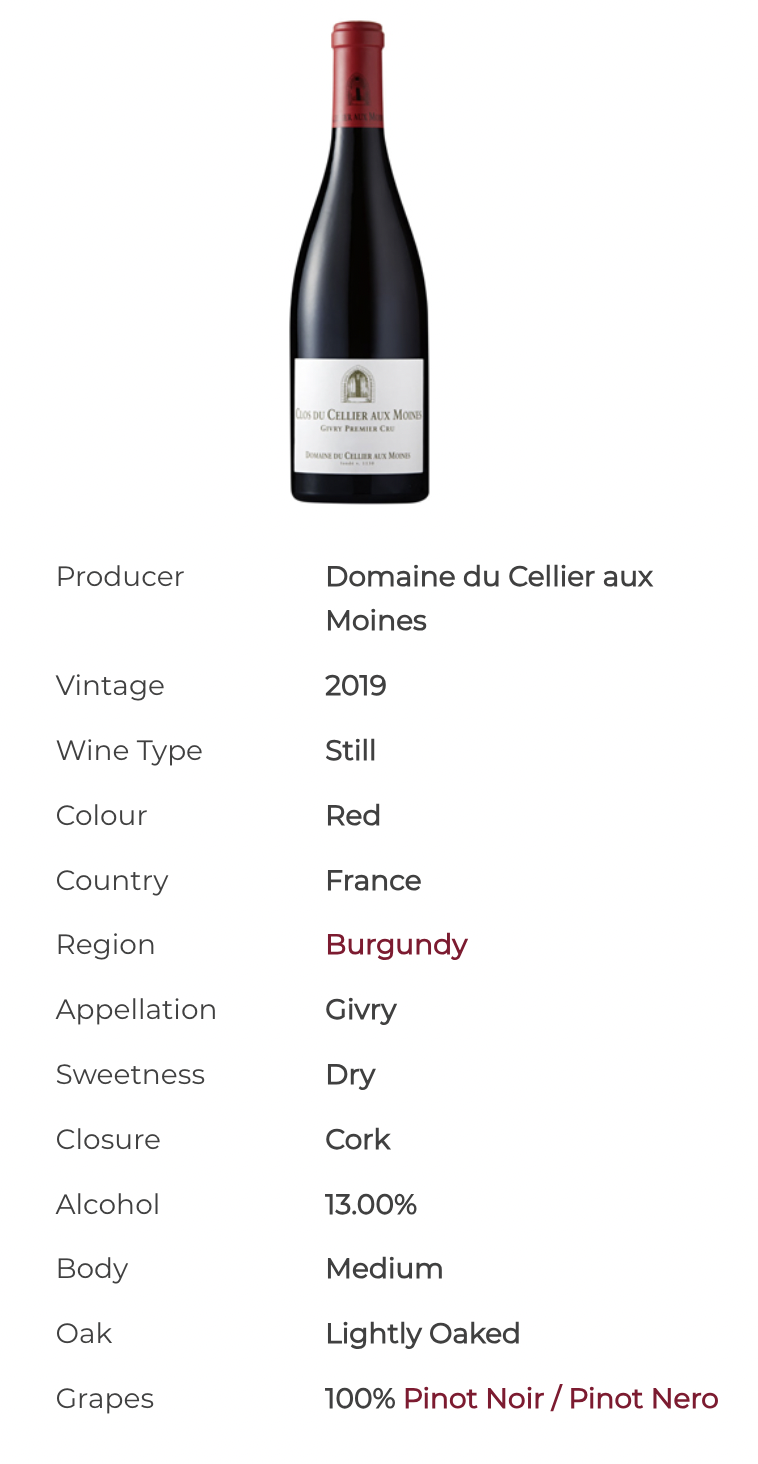 Drinking Window: 2027 – 2033
Drinking Window: 2027 – 2033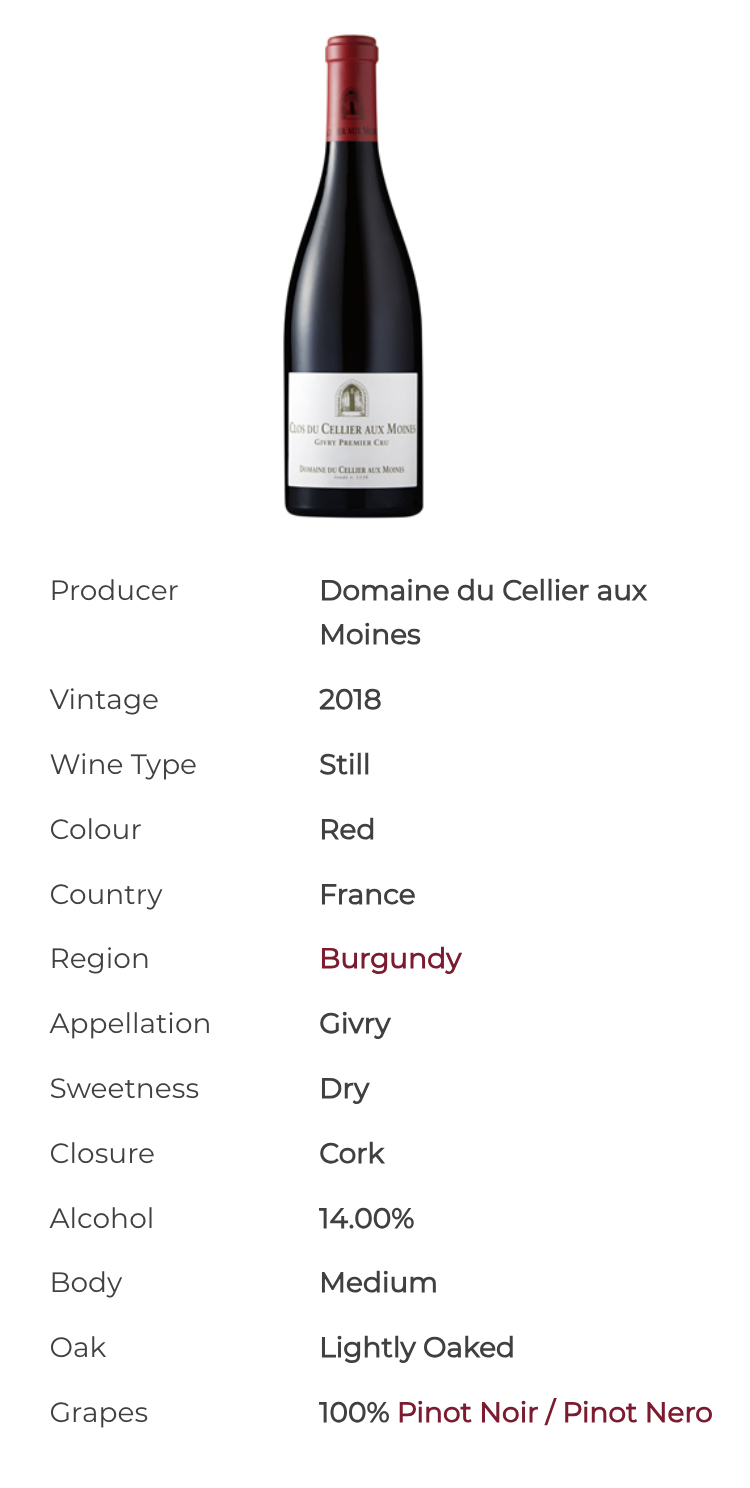 Drinking Window: 2025 – 2030
Drinking Window: 2025 – 2030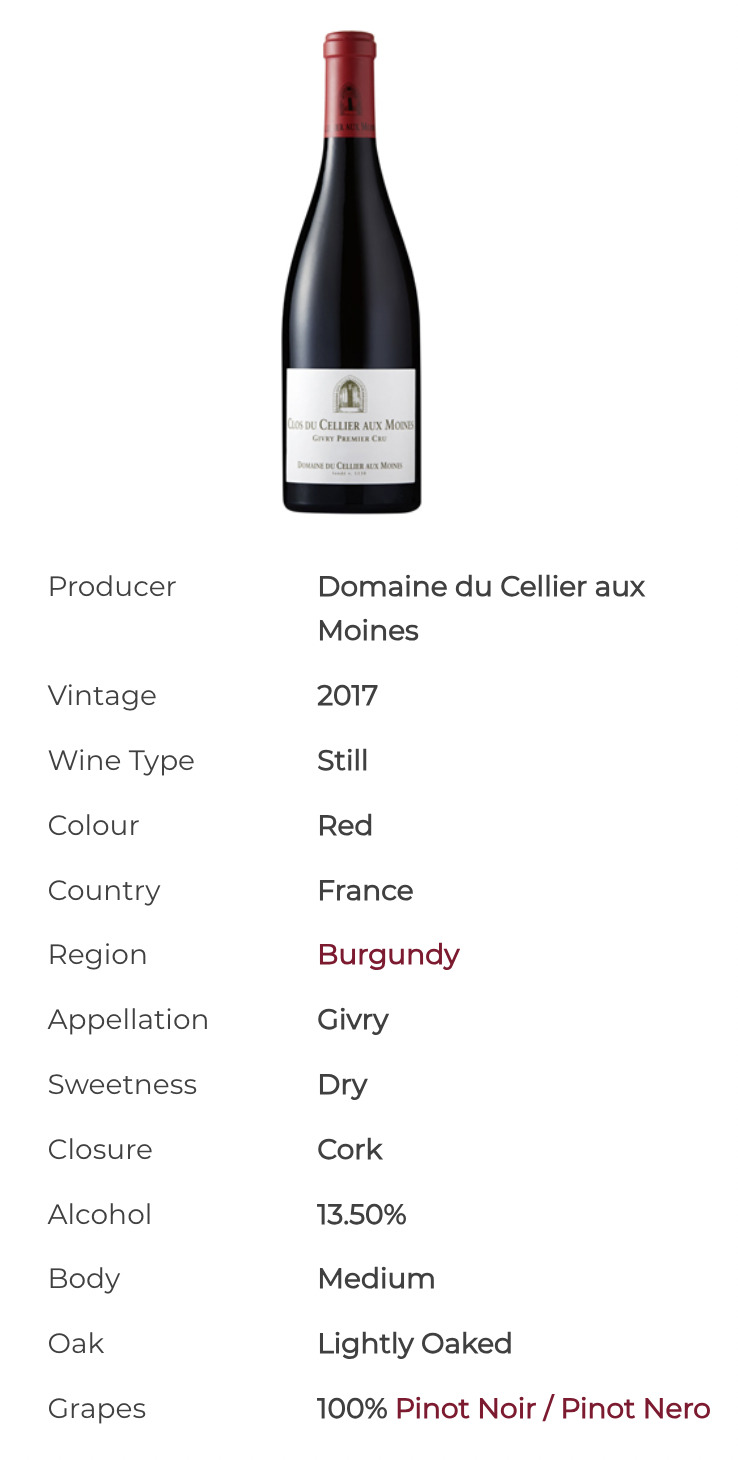 Drinking Window: 2026 – 2030
Drinking Window: 2026 – 2030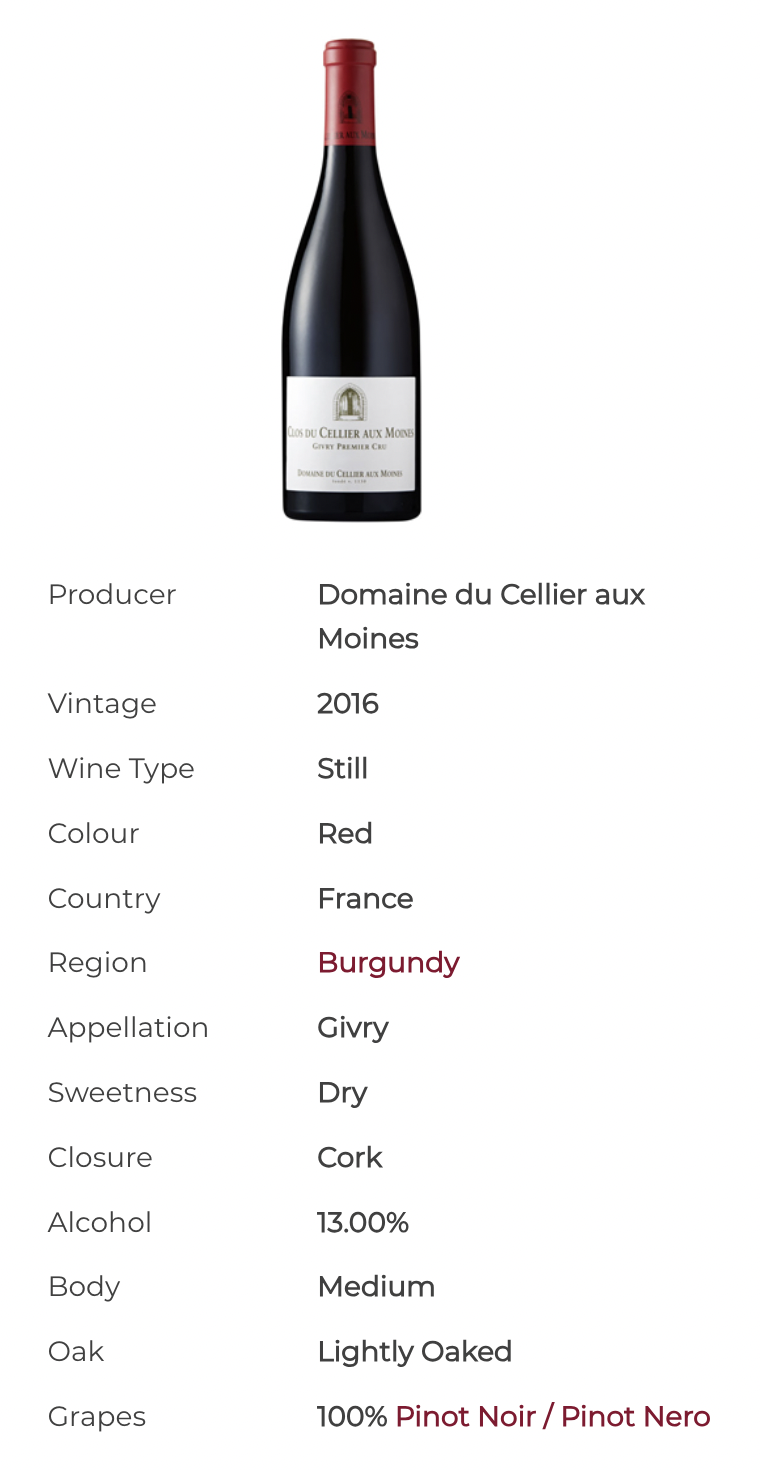 Drinking Window: 2025 – 2030
Drinking Window: 2025 – 2030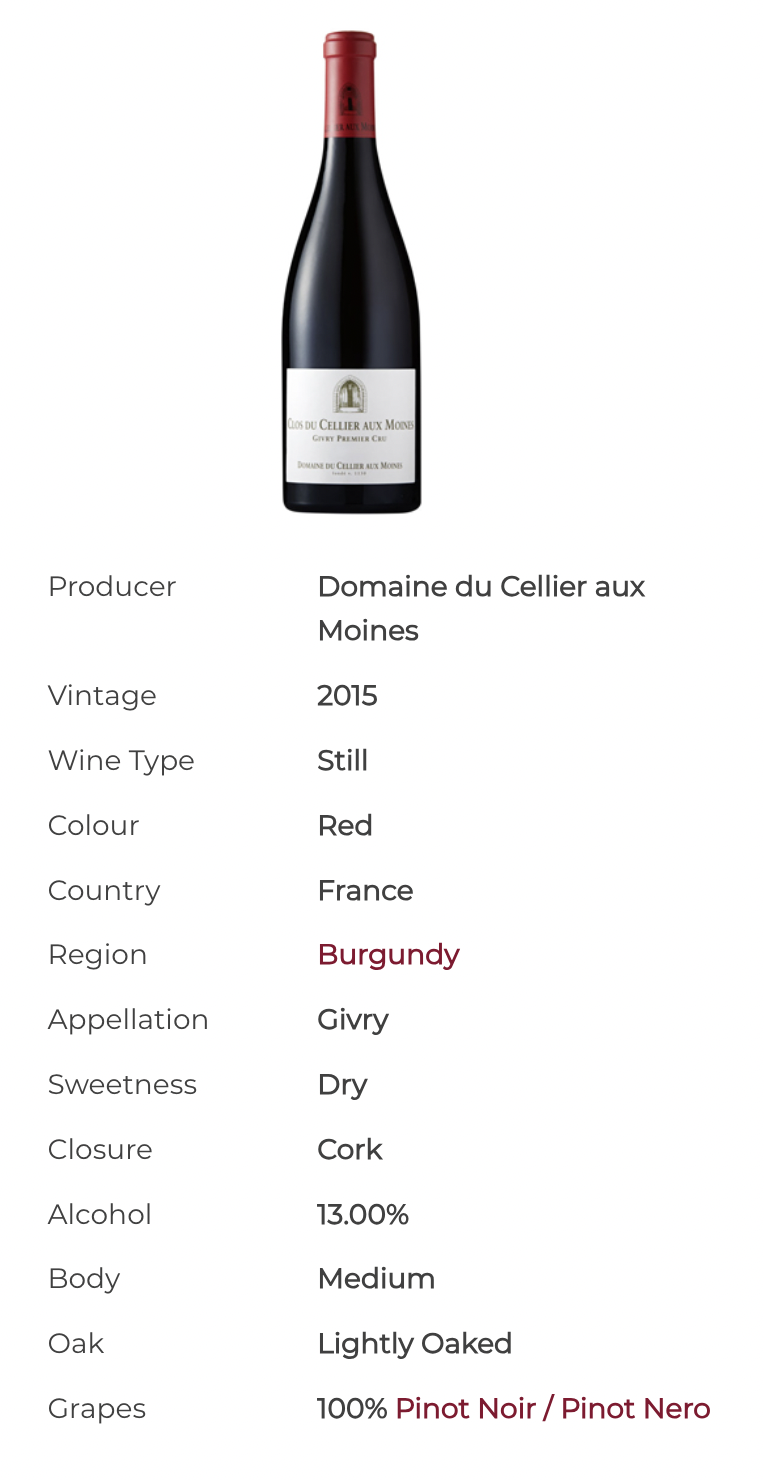 Drinking Window: 2025 – 2030
Drinking Window: 2025 – 2030